THAILAND 🇹🇭 | Ginggala Bird Dance
โพสท์โดยGinggala Bird Dance by Shan or Tai Yai ethnic in northern Thailand
📷Credit: Apisith Suyawad.
📷Credit: Suphalak Rueksanthitiwong.
✦ Costume: หงษาวดี-Hongsawadee ร้านเช่าชุดไทย ชุดล้านนา เชียงใหม่
✦ Location: Wat Sakithaka (Wat Pha Lat: วัดผาลาด) Chiang Mai, Thailand
👑 It is imitated from animal gestures in the Himmapan forest, like the Kinnaree(female bird with a human head). From the legend, a group of Kinnarees dance to pay respect to the Lord Buddha on the day that he comes back from the second heaven where Indra dwells.
✦ Clothing and accessories worn during the dance are considered sacred just as the dancers; this includes the headdress and wing-accessory portraying this feathered being, which also suggests mystical associations. Because these items are sacred, no one can step over the dance clothes and the musical instruments. Traditionally, a mask was required in dancing Ginggala, although now this rule has been relaxed. The performers’ intentions are considered more important than strict adherence to consuming conventions.
+-+-+-+-+
✦ The Shan people, also known or as Tai Yai (Thai: ไทใหญ่), are a Tai ethnic group of Southeast Asia. They are the biggest minority group in Myanmar, making up about 10% of the population. Estimates of the number of Shan people in Myanmar range from 4 to 6 million. Most of them live in Shan State, which is the biggest state in the country. They also live in other areas of the country such as Kachin and Kayan States as well as the Mandalay region. There are Shan living in Yunnan province of China where they are called “Dai”. The Ahom people in Assam and Arunpradhes States in India are also considered Shan.
✦ Laos has a small Shan minority group as well. Thailand has a large Shan population. In Thailand, they are also known as Ngio or Ngiauw (Thai: เงี้ยว) in Tai yuan language. Just as the Thai people the Shan originally migrated from Yunnan in China. Tai Lue, Tai Khün and Tai Nuea are subgroups of the Shan people.
Tai Yai or Tai Luang (ไทใหญ่ หรือ ไตหลวง, ไตโหลง)
✦ “Yai” or “Luang” means “big”. Tai Yai or Tai Luang means “big Tai”. This seems to refer to the fact that the language group is bigger than the Thai-speaking population. The Thai and Lao languages belong to the Tai-Kadai language group. This is a group of tonal languages, to which also belong the Tai Lue, Tai Khün, Tai Ya and other languages. That is the only explanation I can find of the name “Tai Yai”. The term “Shan” originates from Burma and is derived from the term Siam, the former name of Thailand. It means that the Burmese acknowledged that the Tai-speaking people within their borders are the same people, who live in Siam.
✦ The Thai language and the language of the Tai Yai people are mutually unintelligible. Also, the alphabets are significantly different. I can read and write Thai but can’t make anything from the Tai Yai alphabet. Also, the Tai Yai and Tai Lue languages and alphabets are different.
+-+-+-+-+
WHY SHAN ETHNIC WEAR BURMESE OUTFIT?
✦ The Shan people dominated much of Burma from the 13th until the 16th century. By the 16th century, their power waned and they became vassal principalities of a Burmese kingdom.
By 1910 the border between Burma and Siam was clearly demarcated in North Thailand. The consequence was that there were Shan people living on both sides of the Burmese-Siamese border. In Siam, they primarily live in Mae Hong Son and Chiang Rai provinces, areas which were very isolated a hundred years ago.
Since the 1950s, the Shan have engaged in a military struggle against the Burmese-Myanmar government. Their goals have raged from full independence to more autonomy. The Shan in Thailand are not involved in this struggle.
✦ Therefore, the Shan people in Thailand still retain the style of dress when they were under Burmese rule over a hundred years ago to indicate financial status that they could buy product from Burmese people, but there were also clothes in the culture of Shan ethnic too.



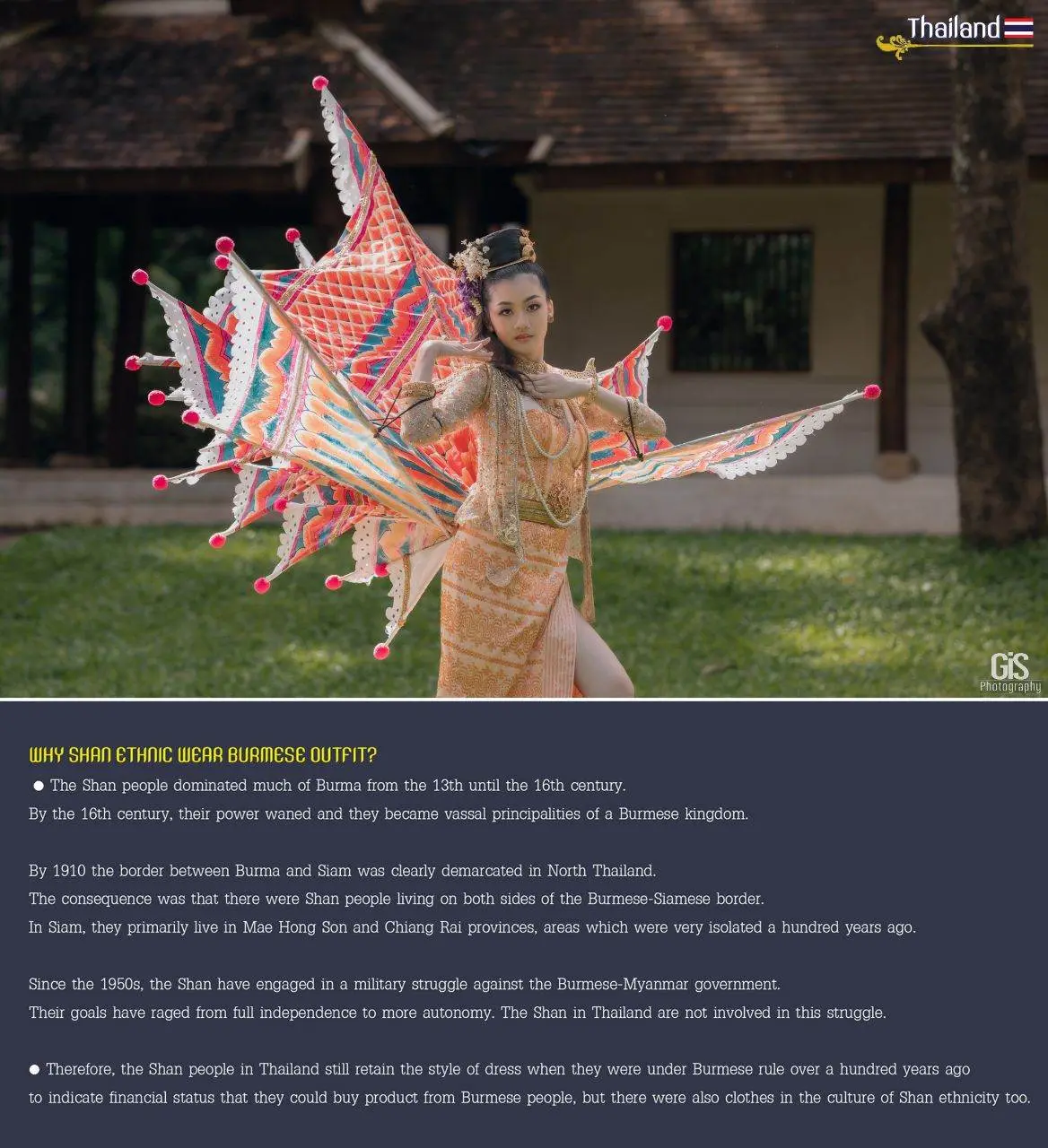
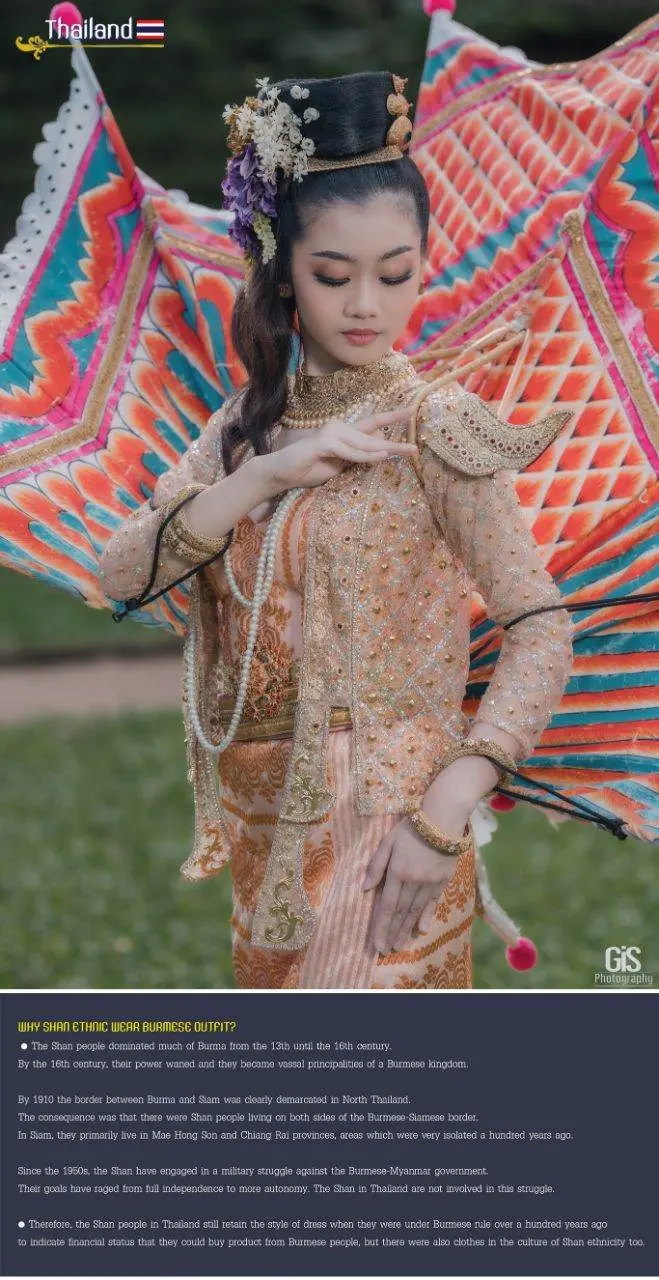
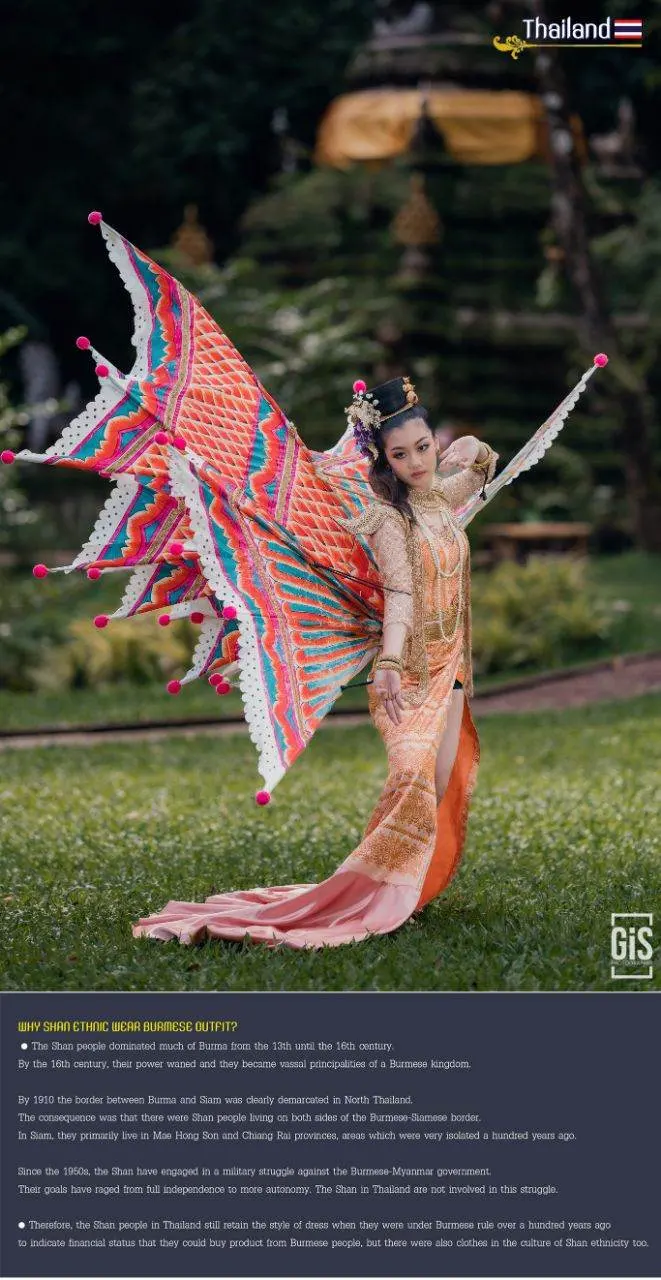
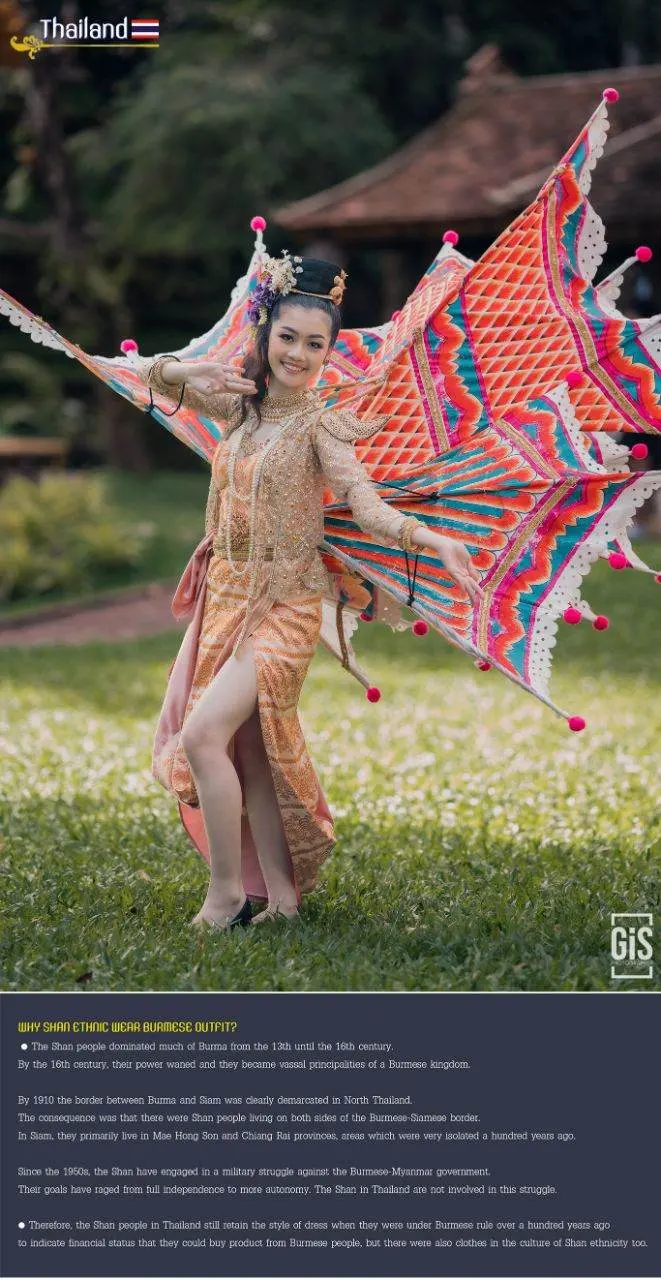
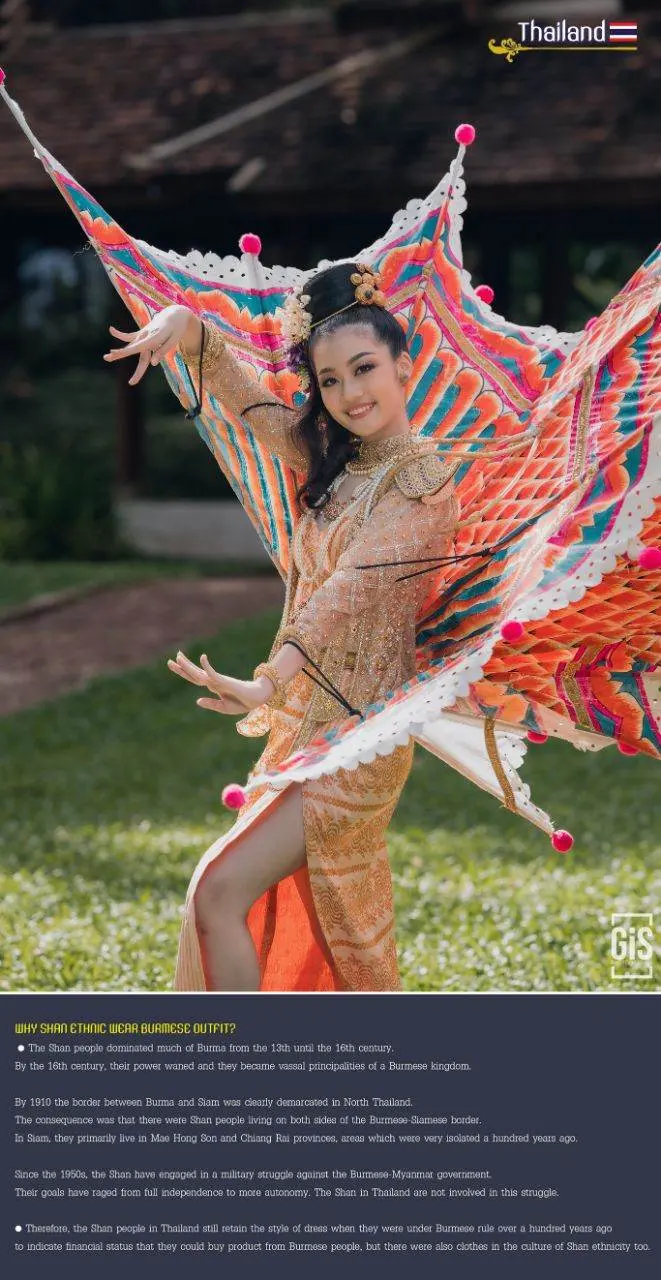
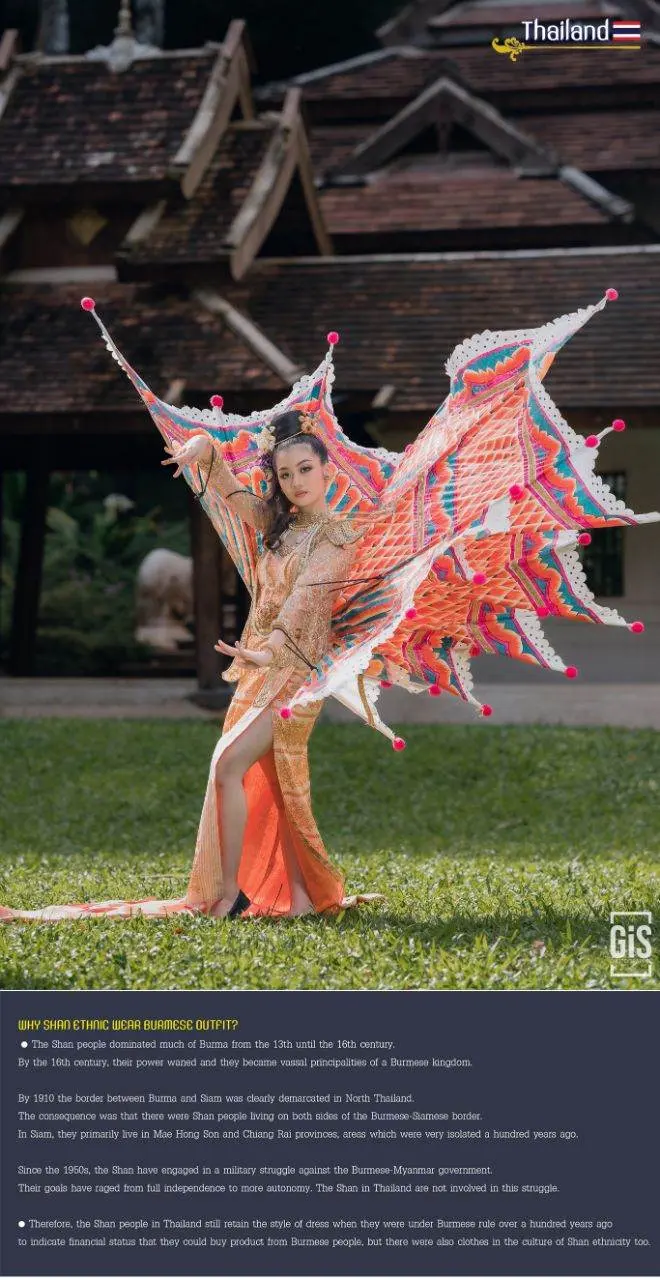
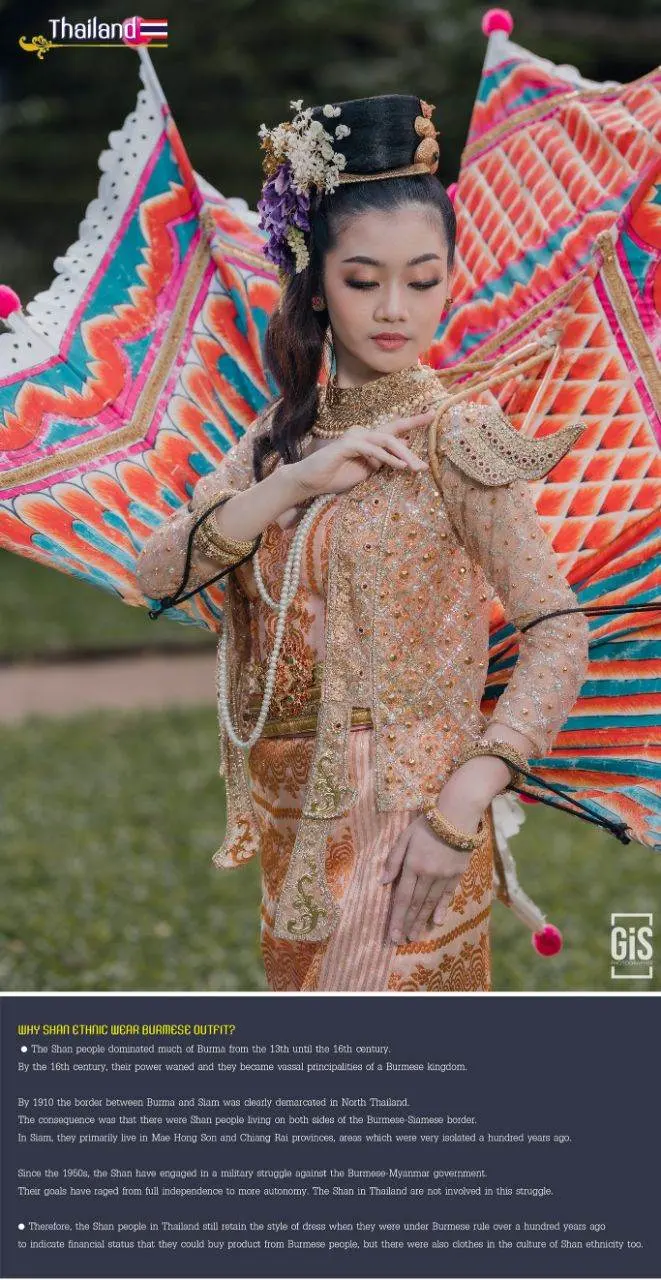
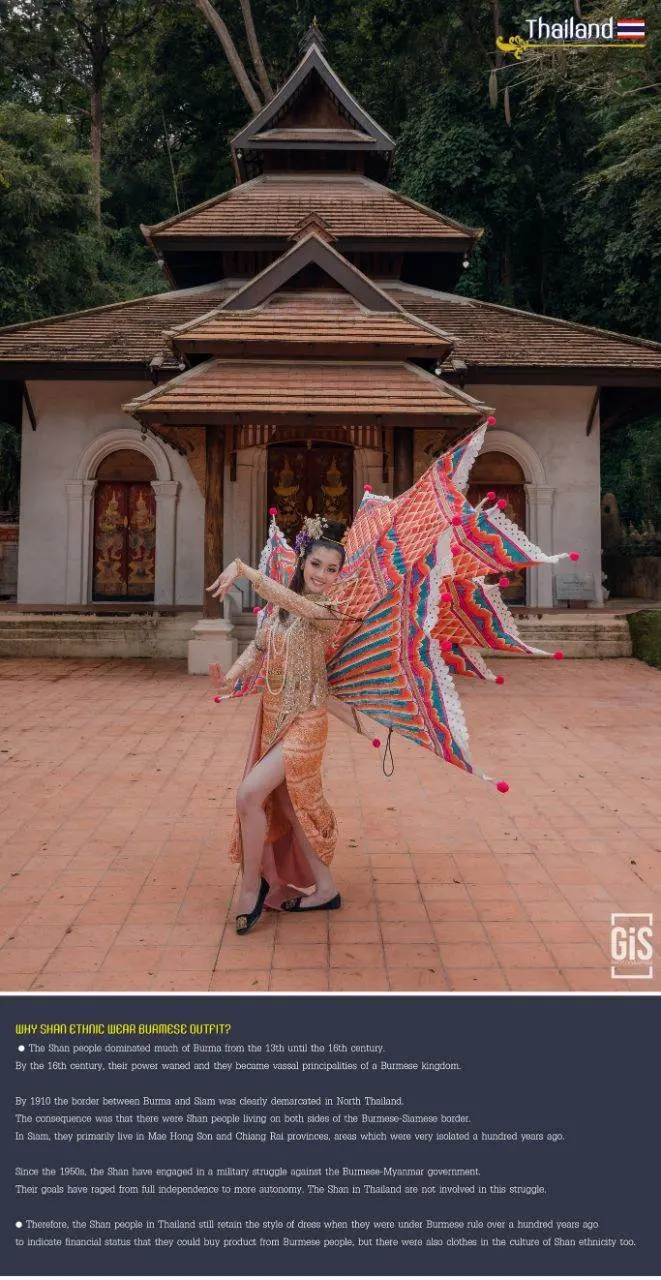
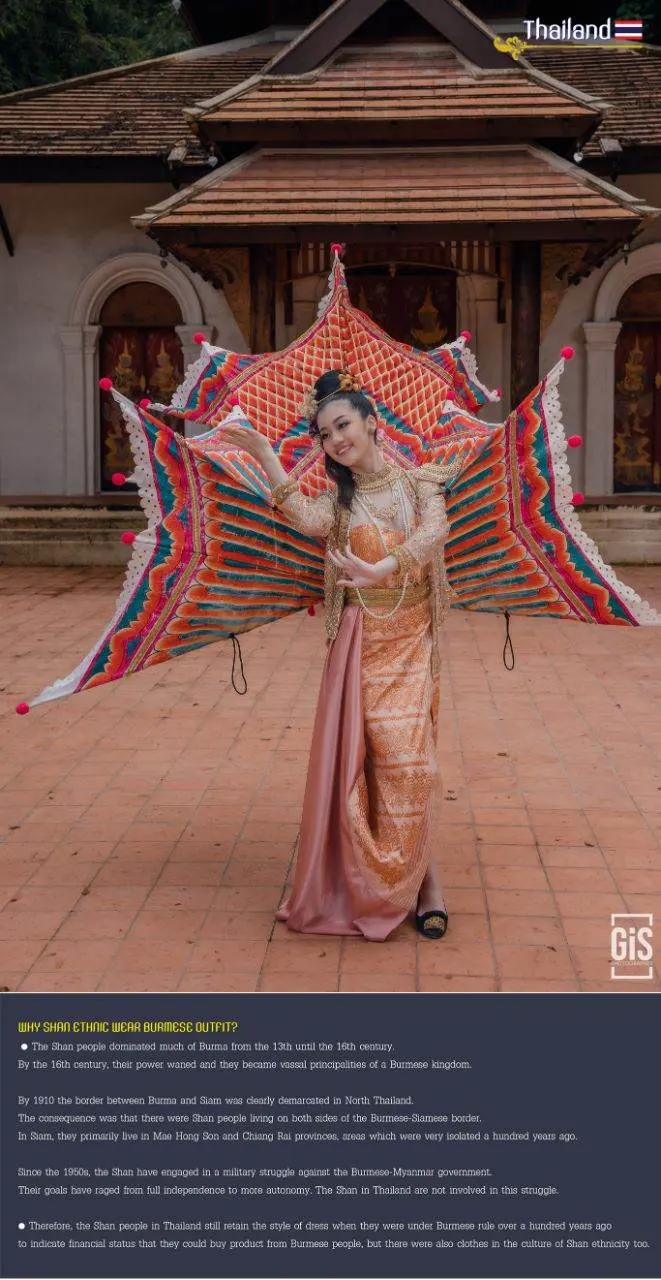
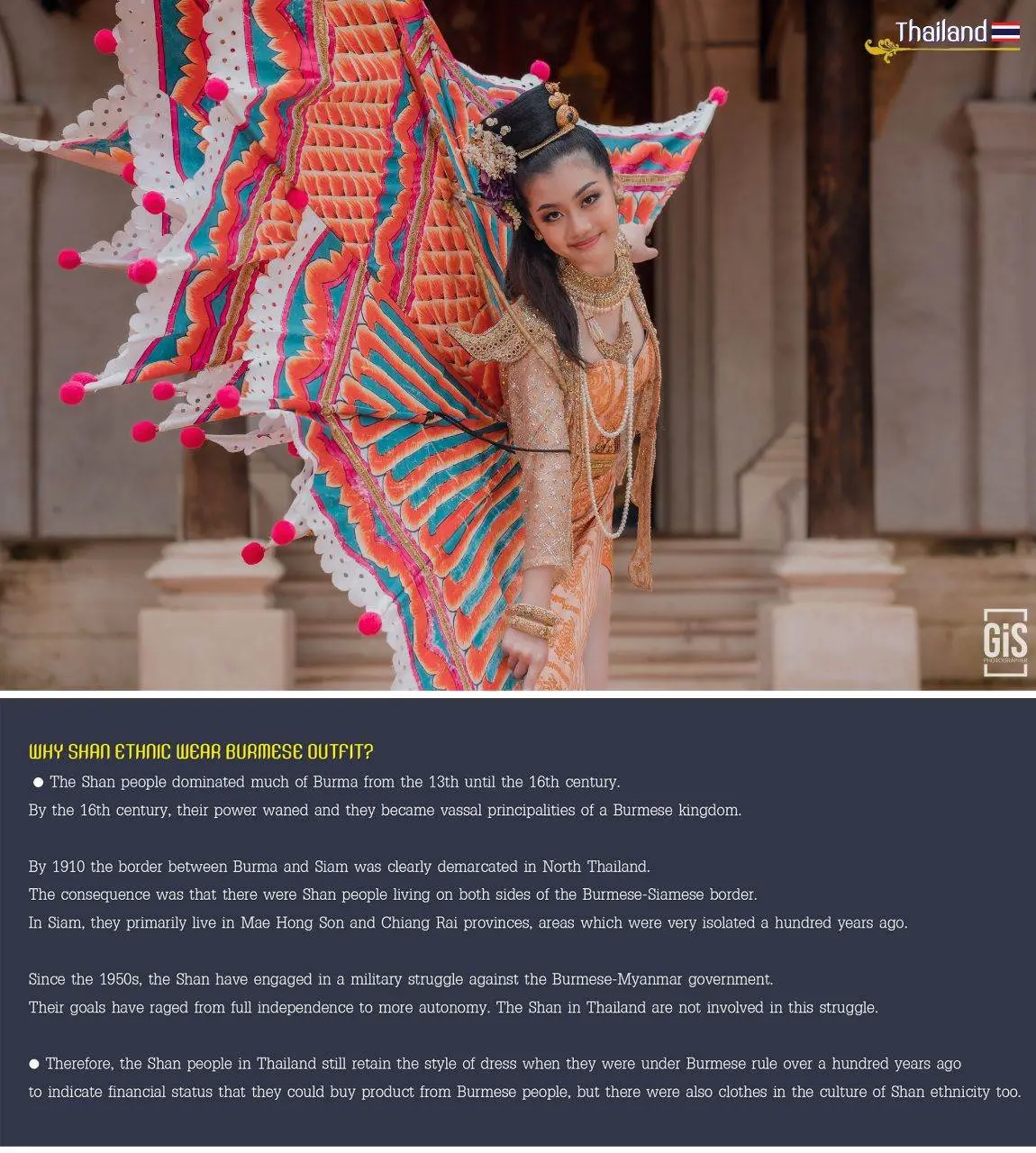
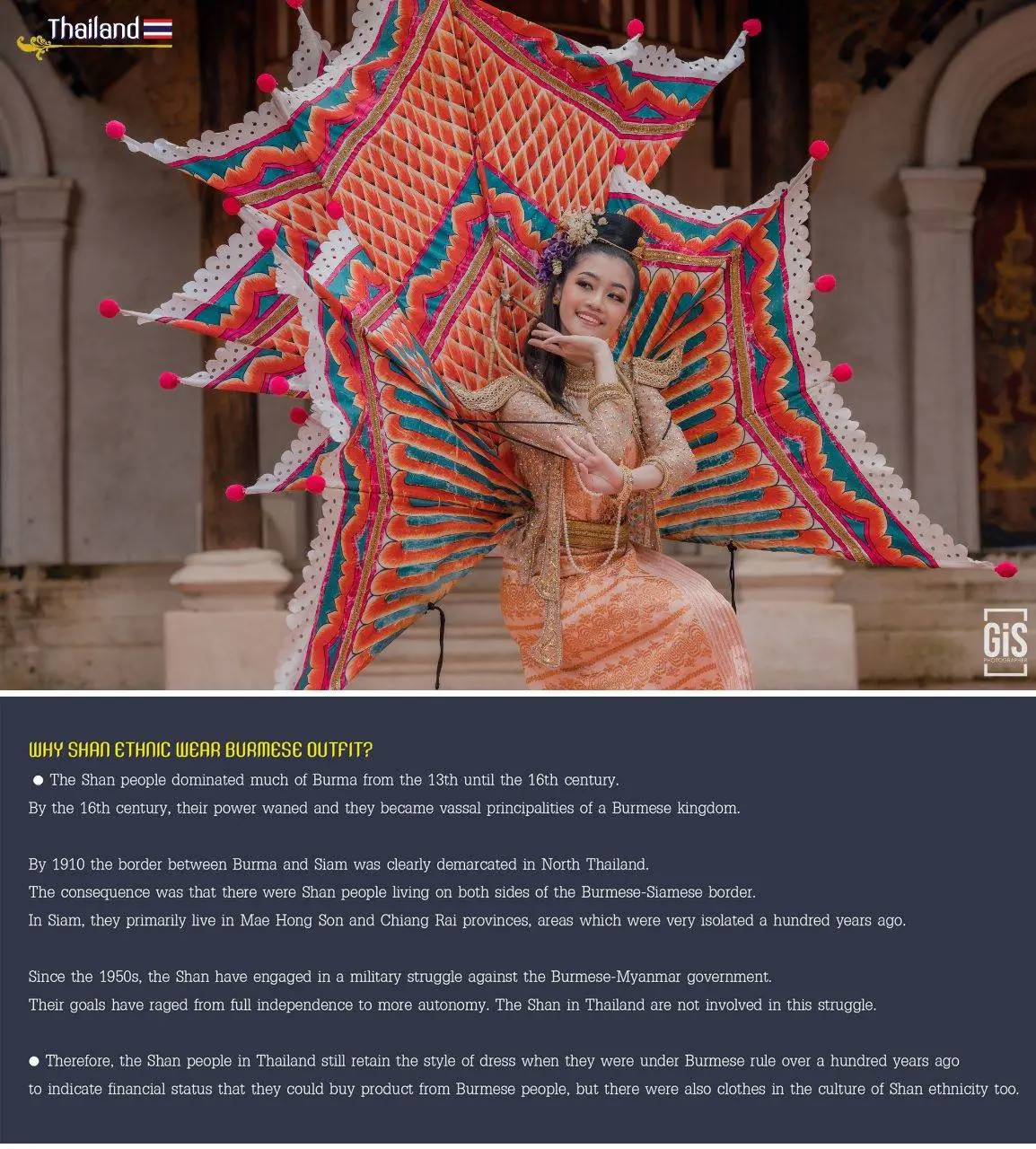
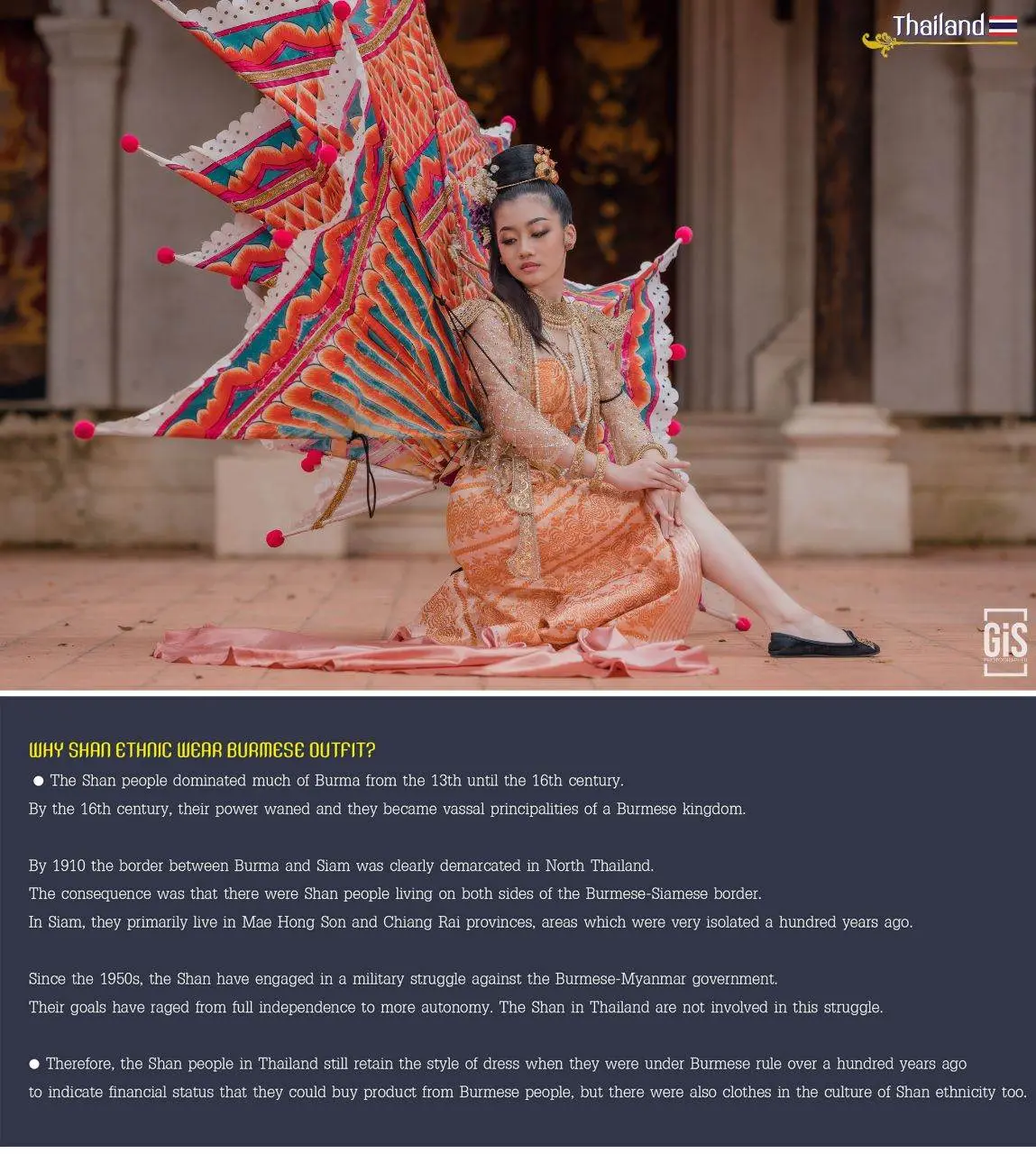
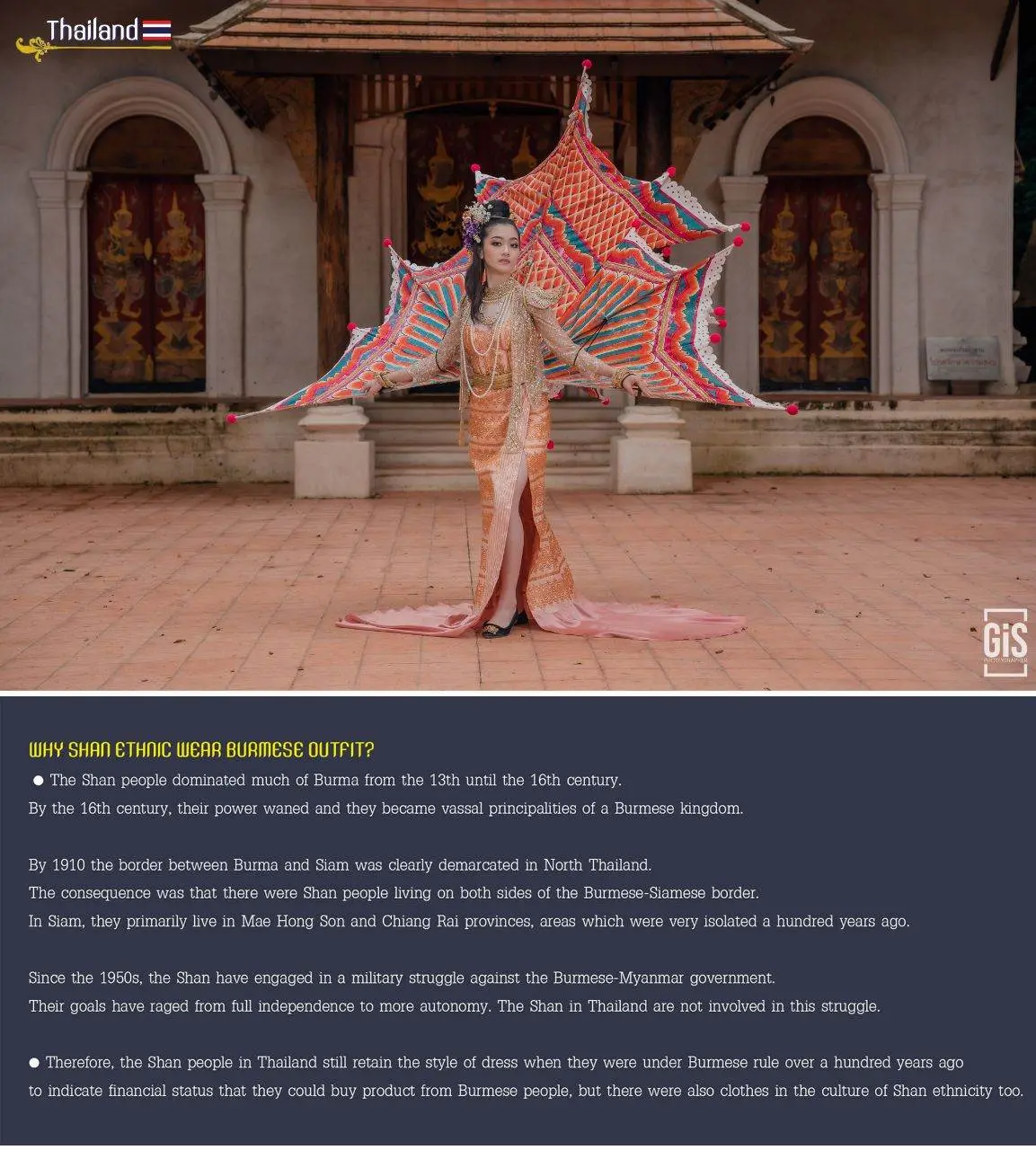
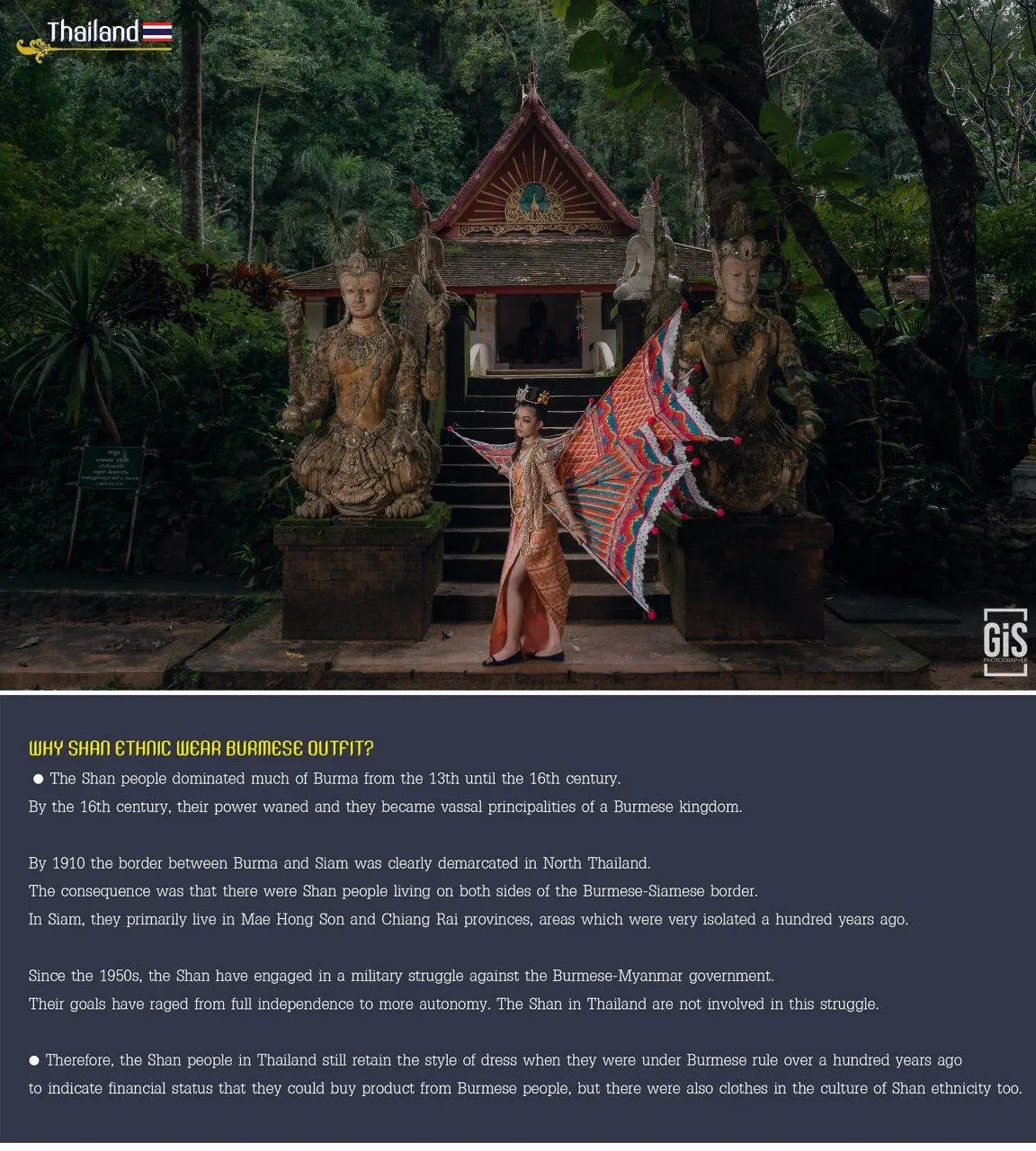
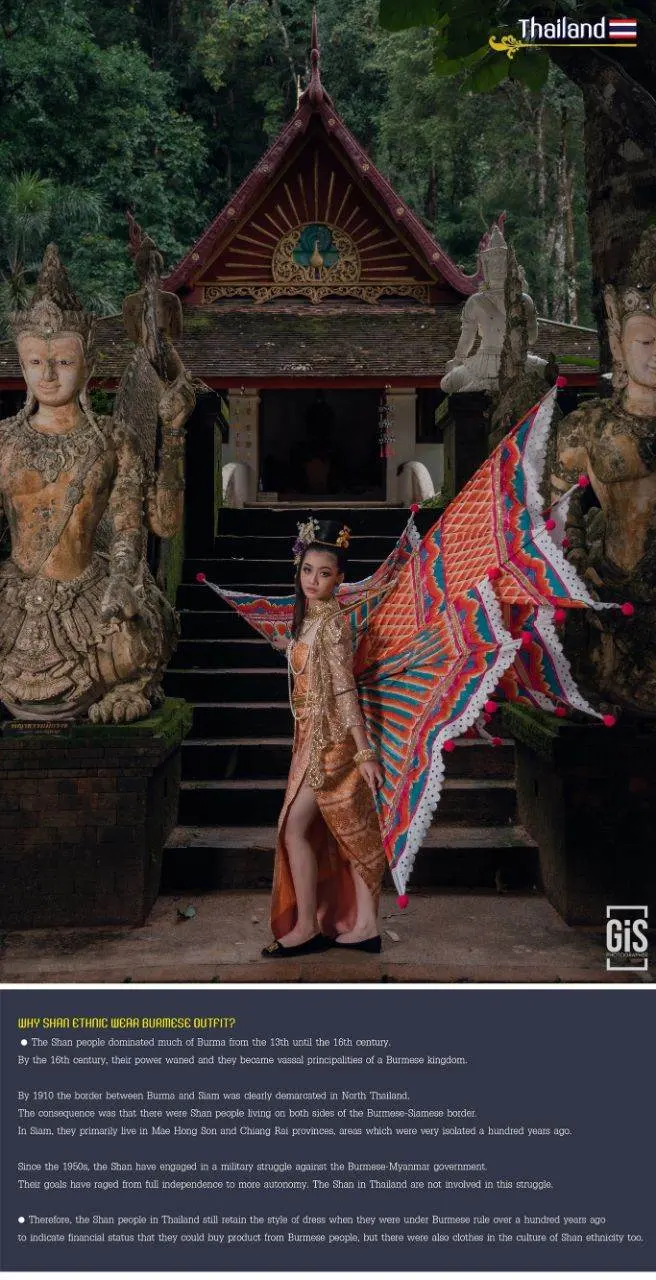
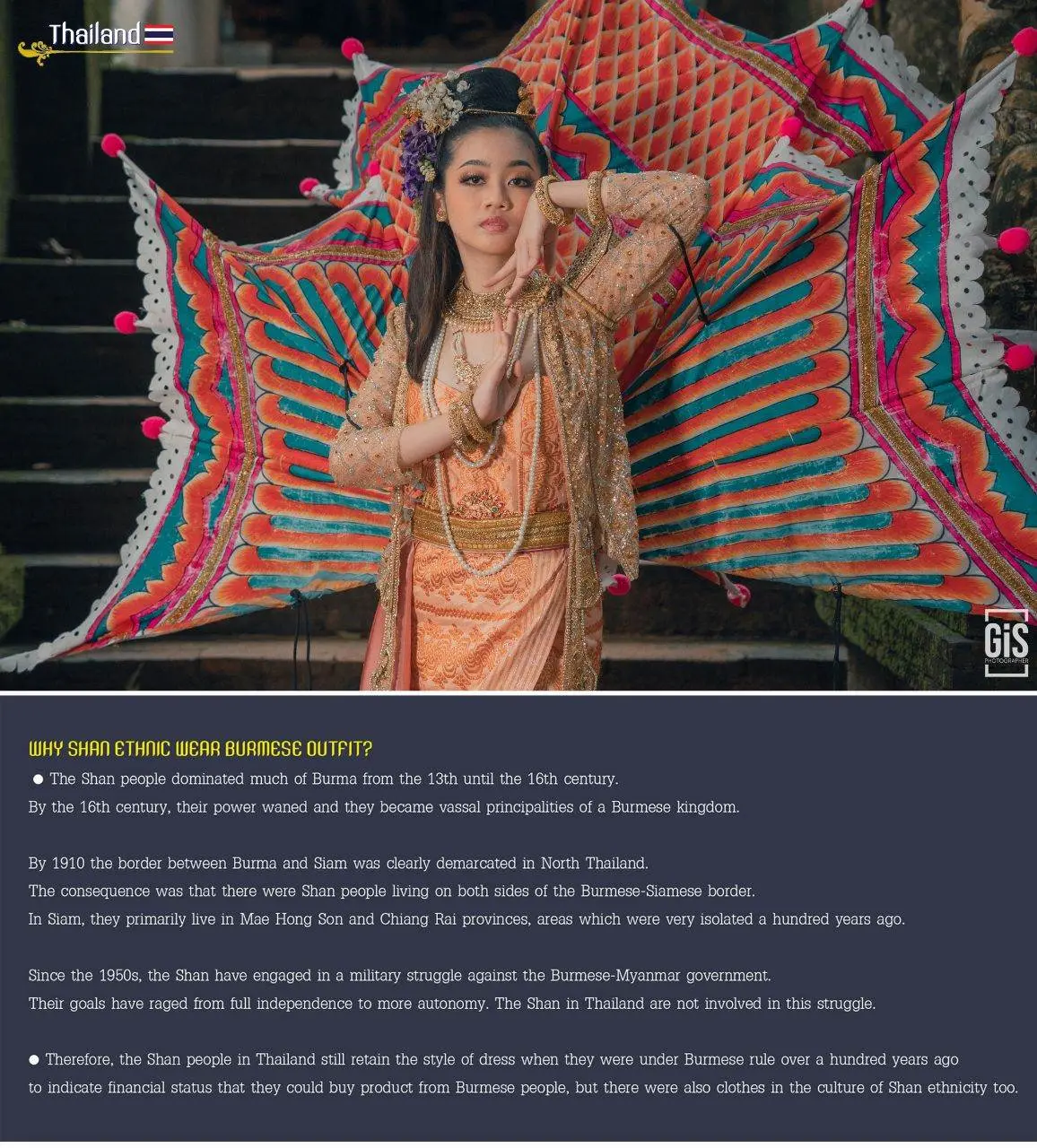
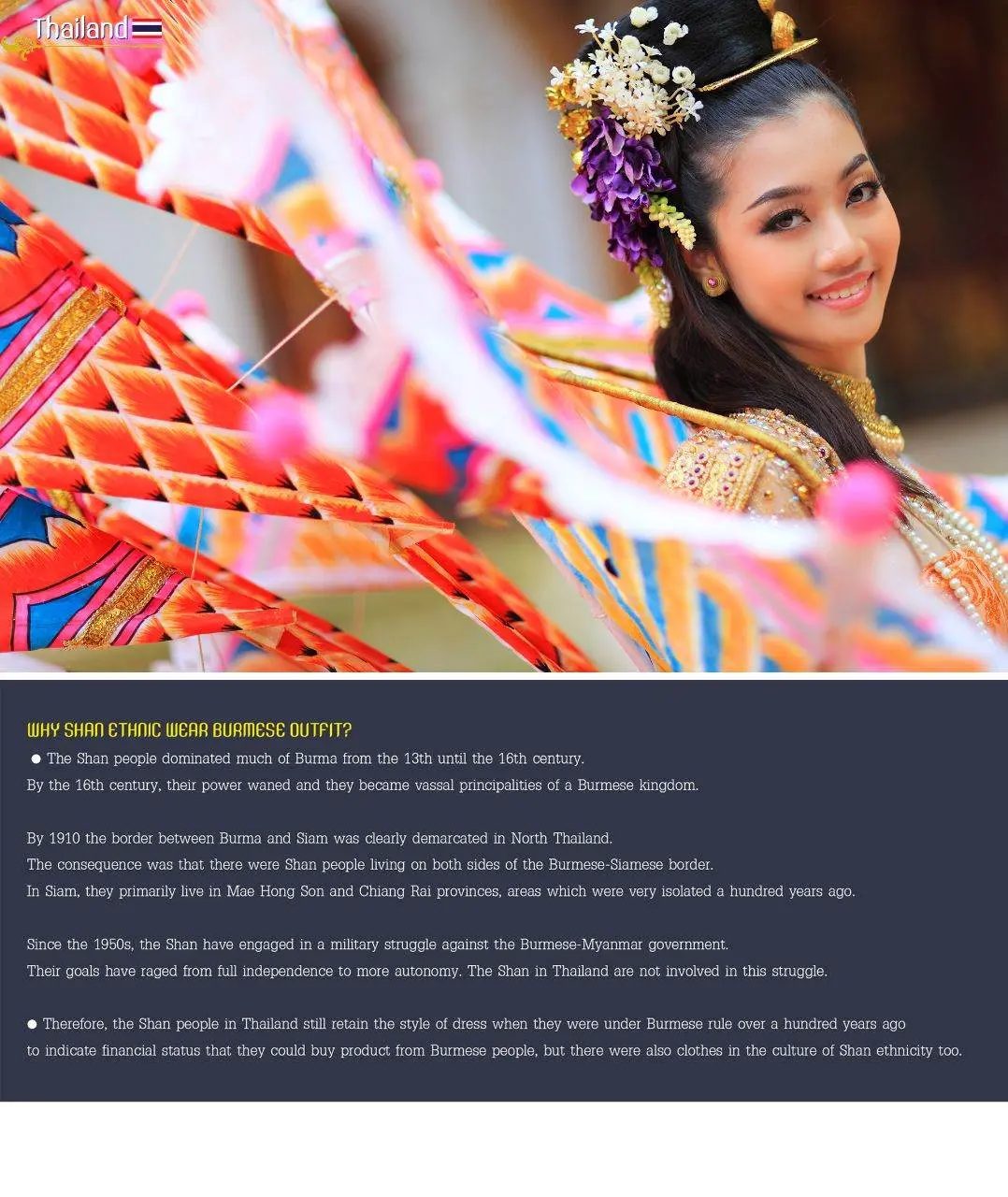
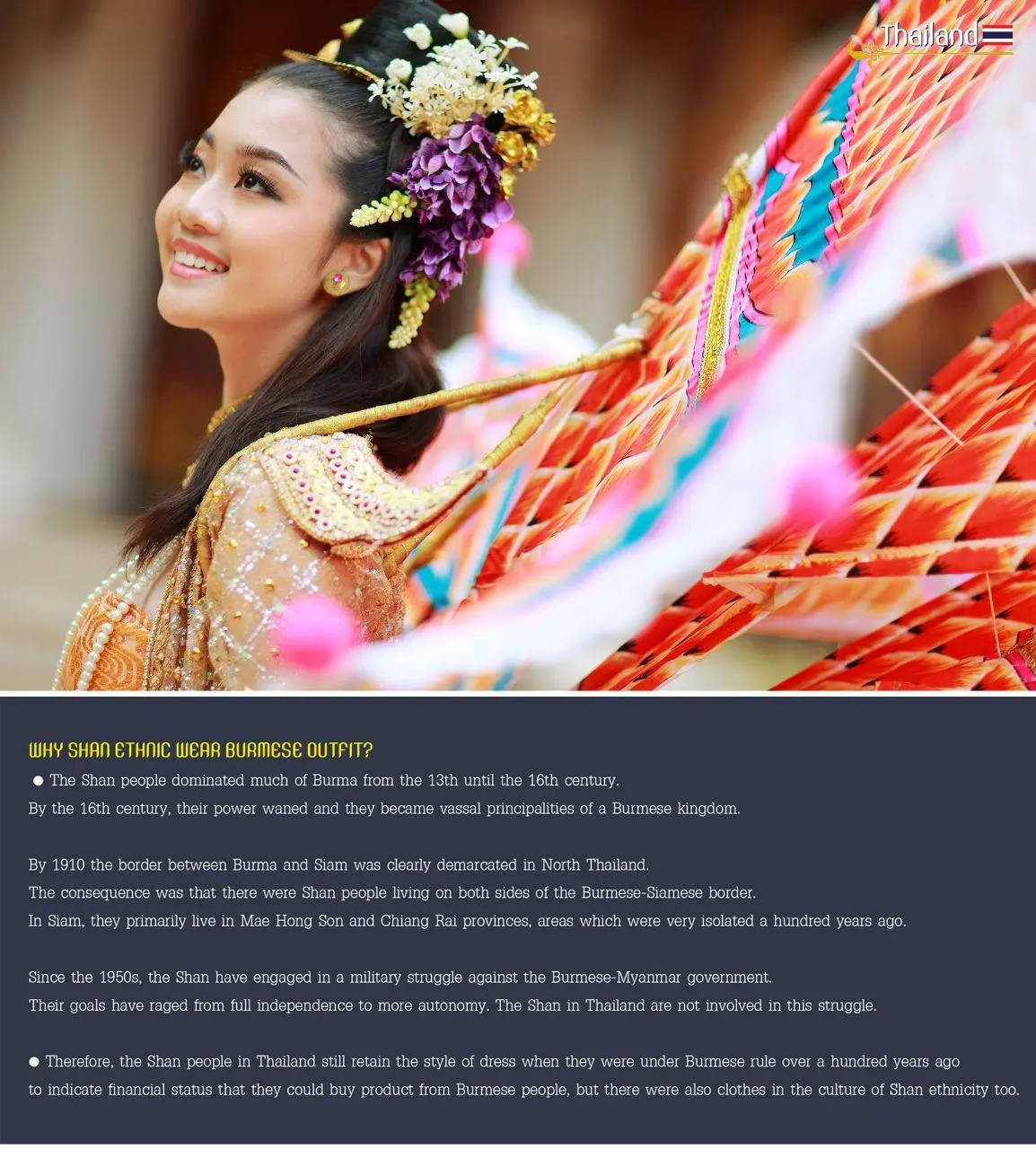
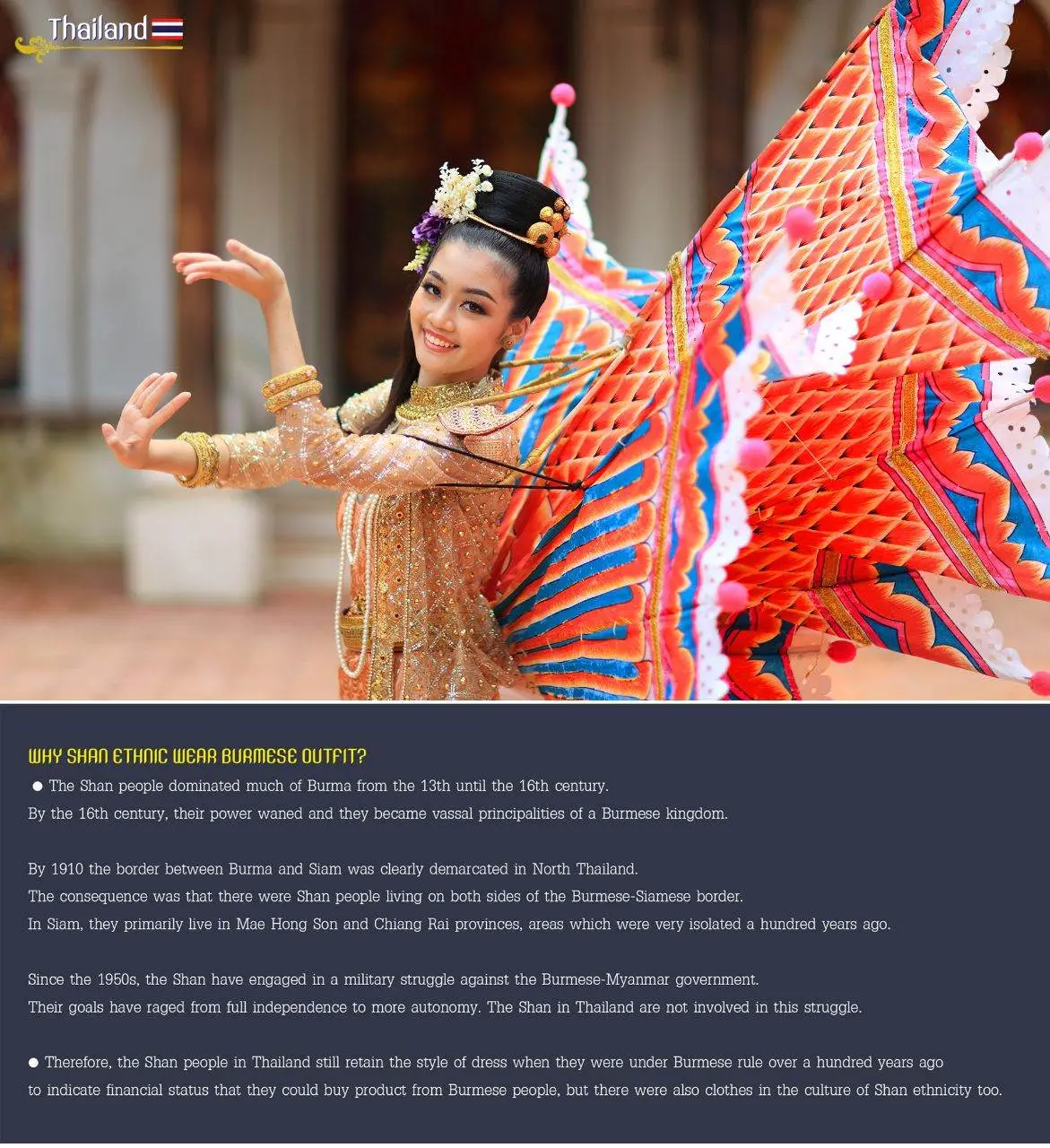
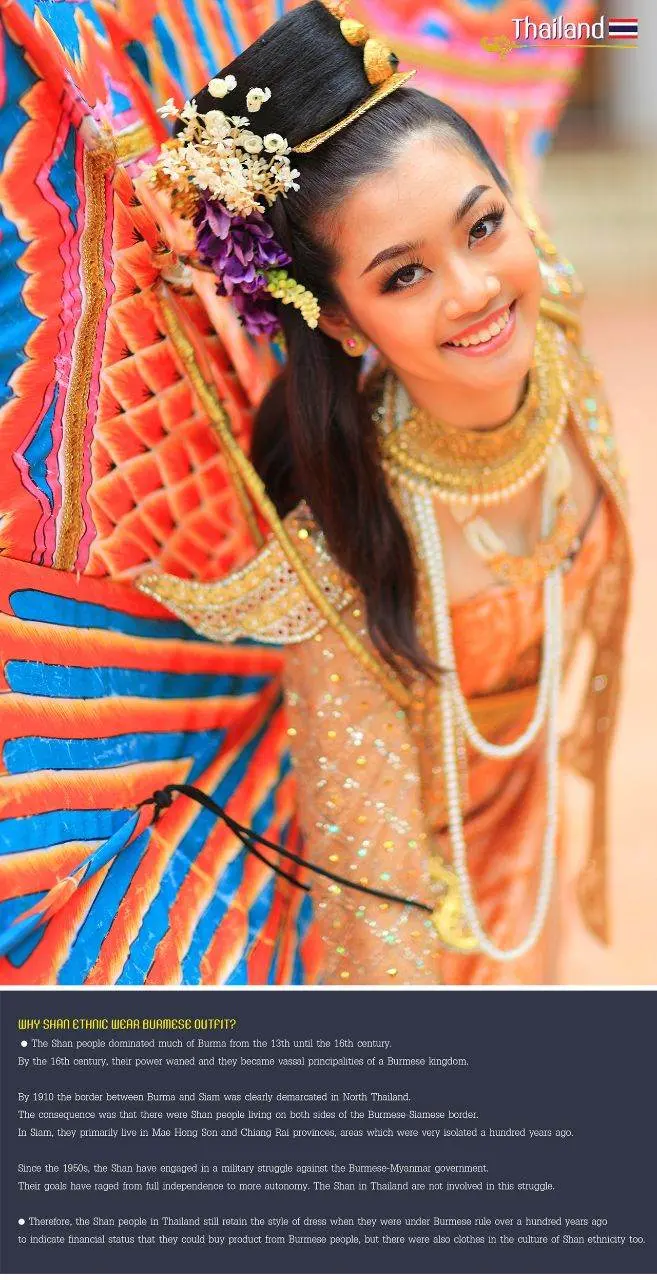
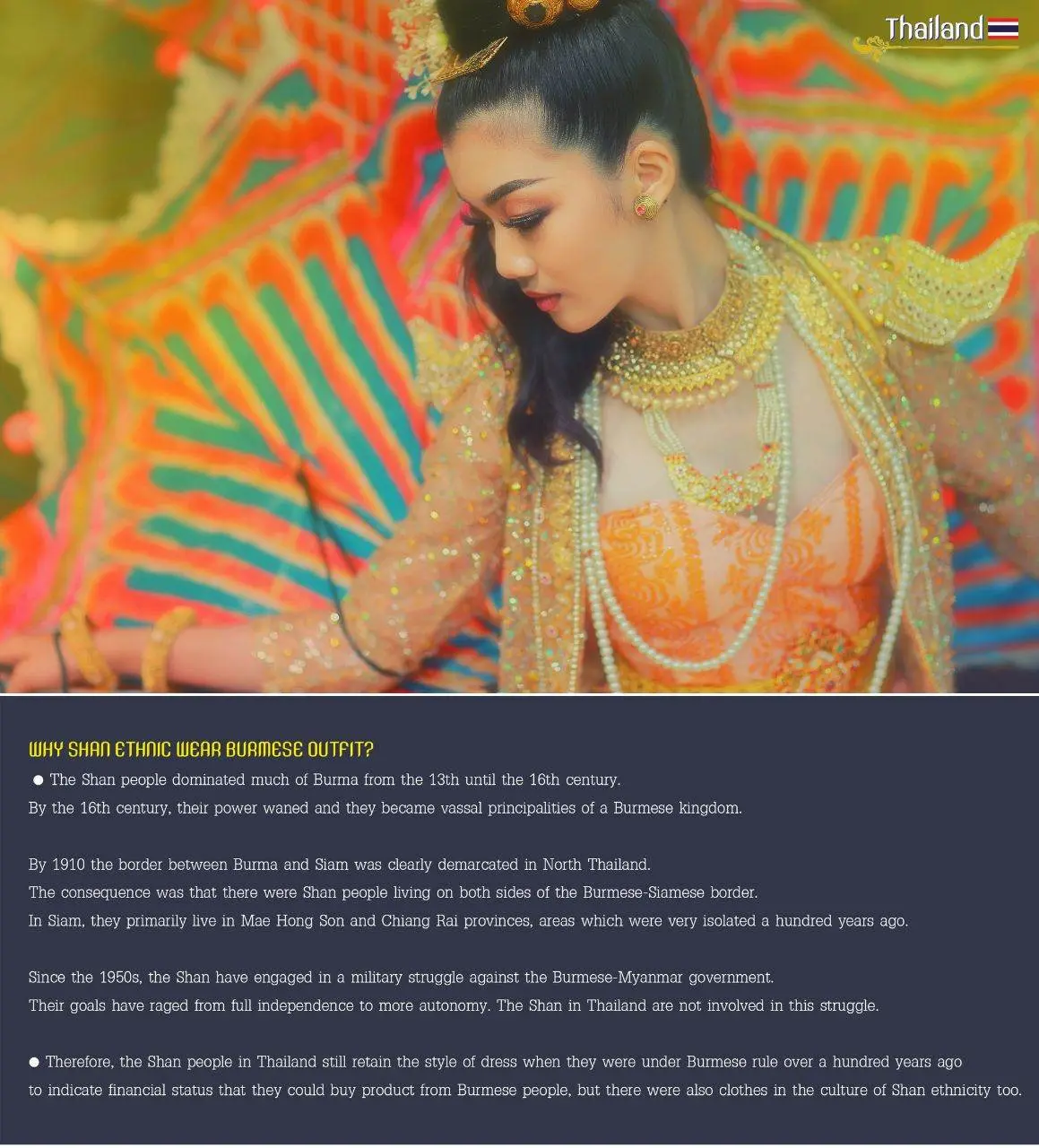
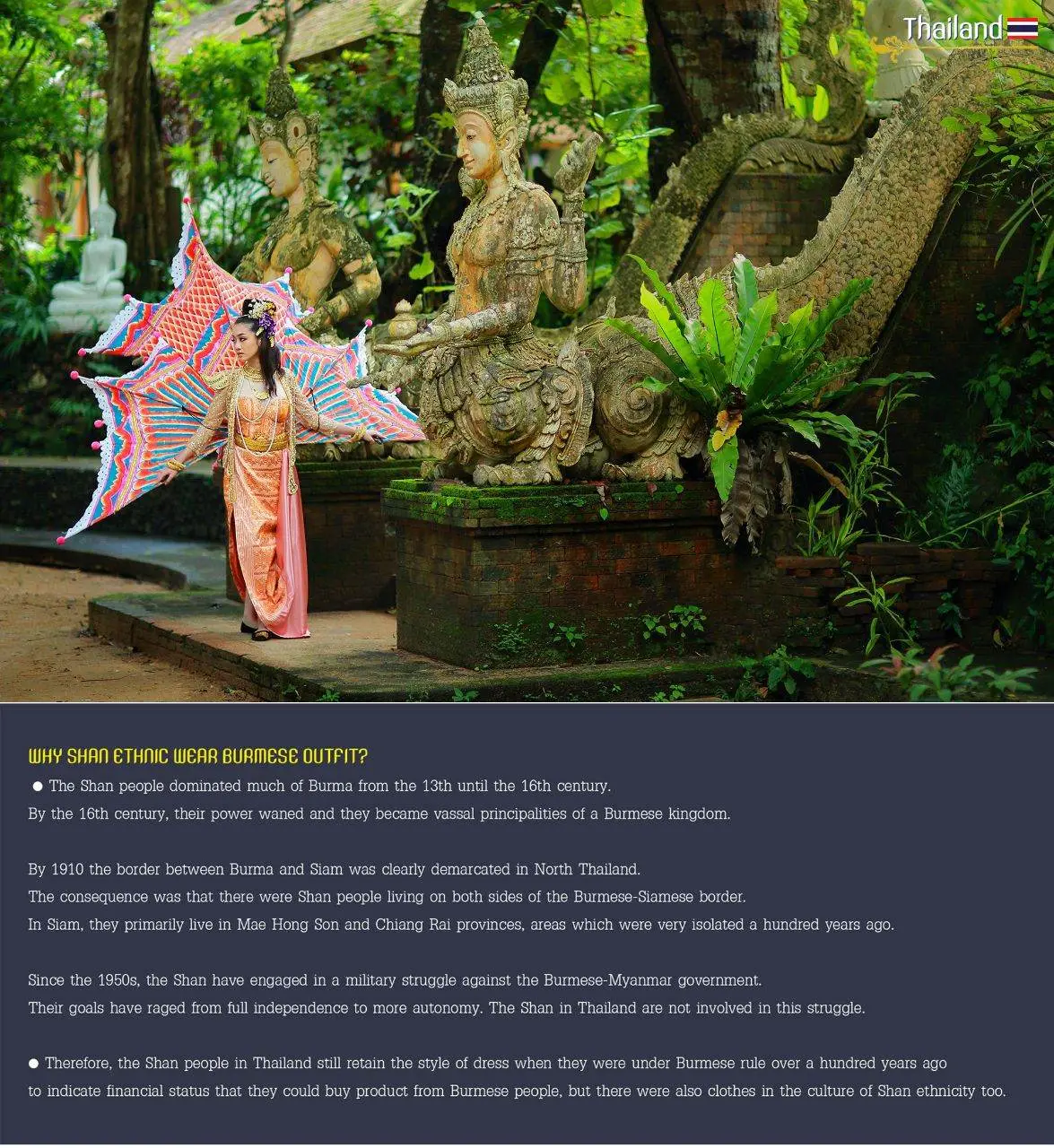
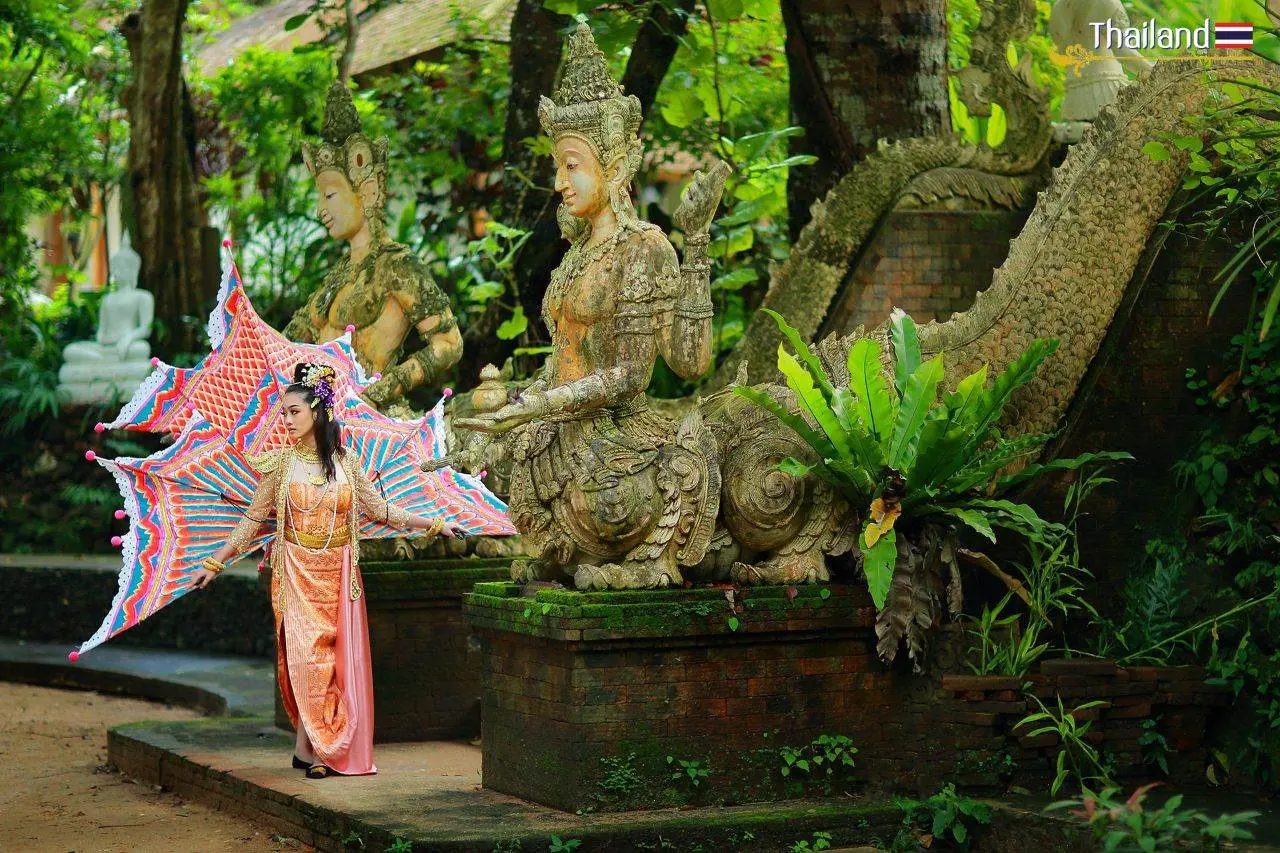
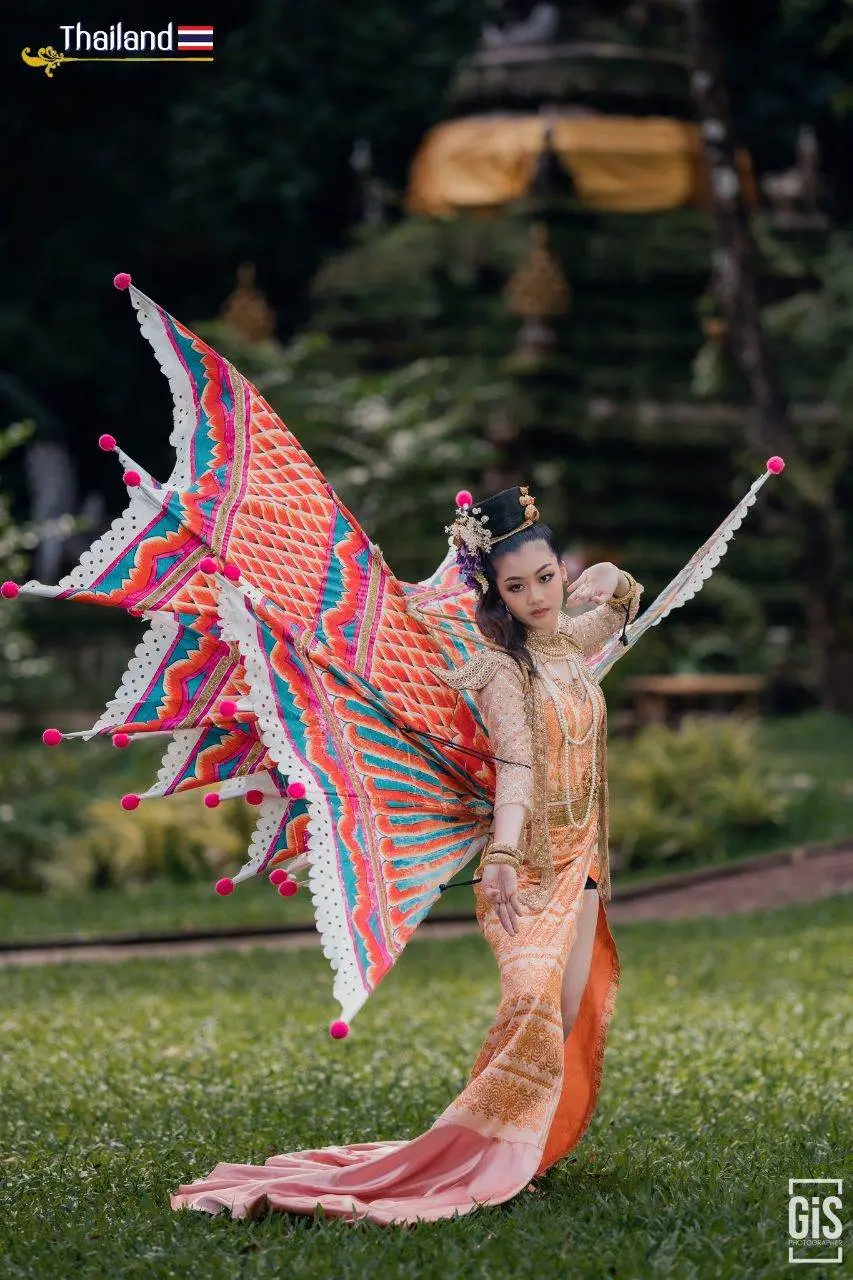
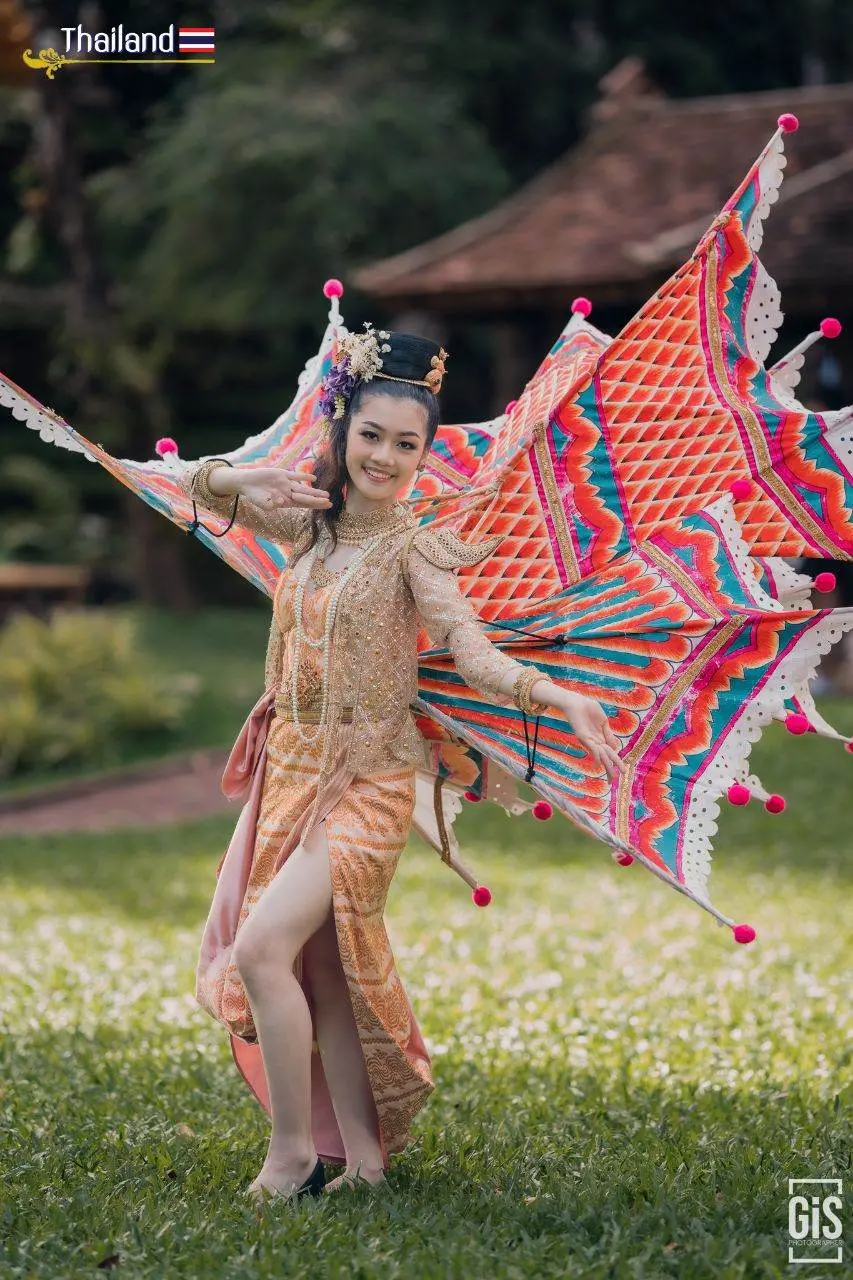
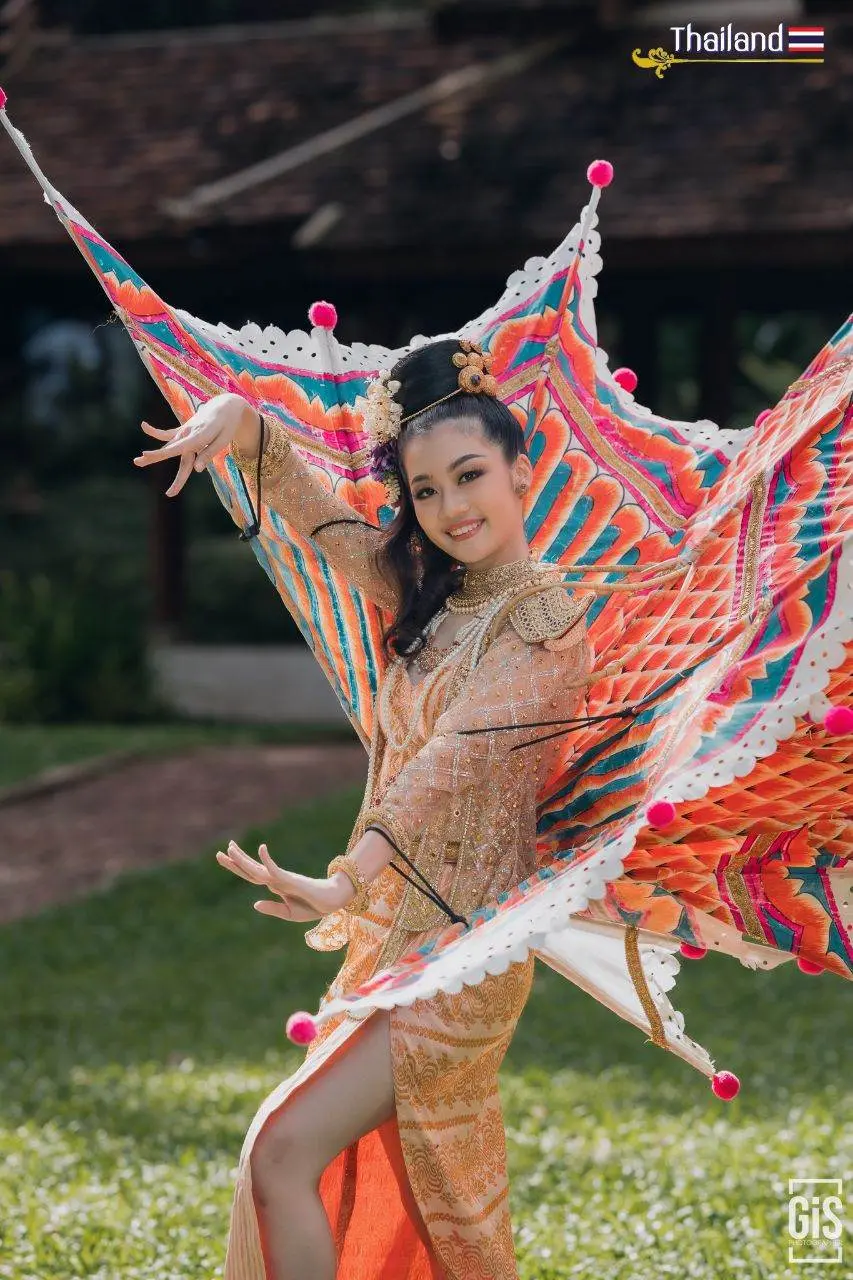
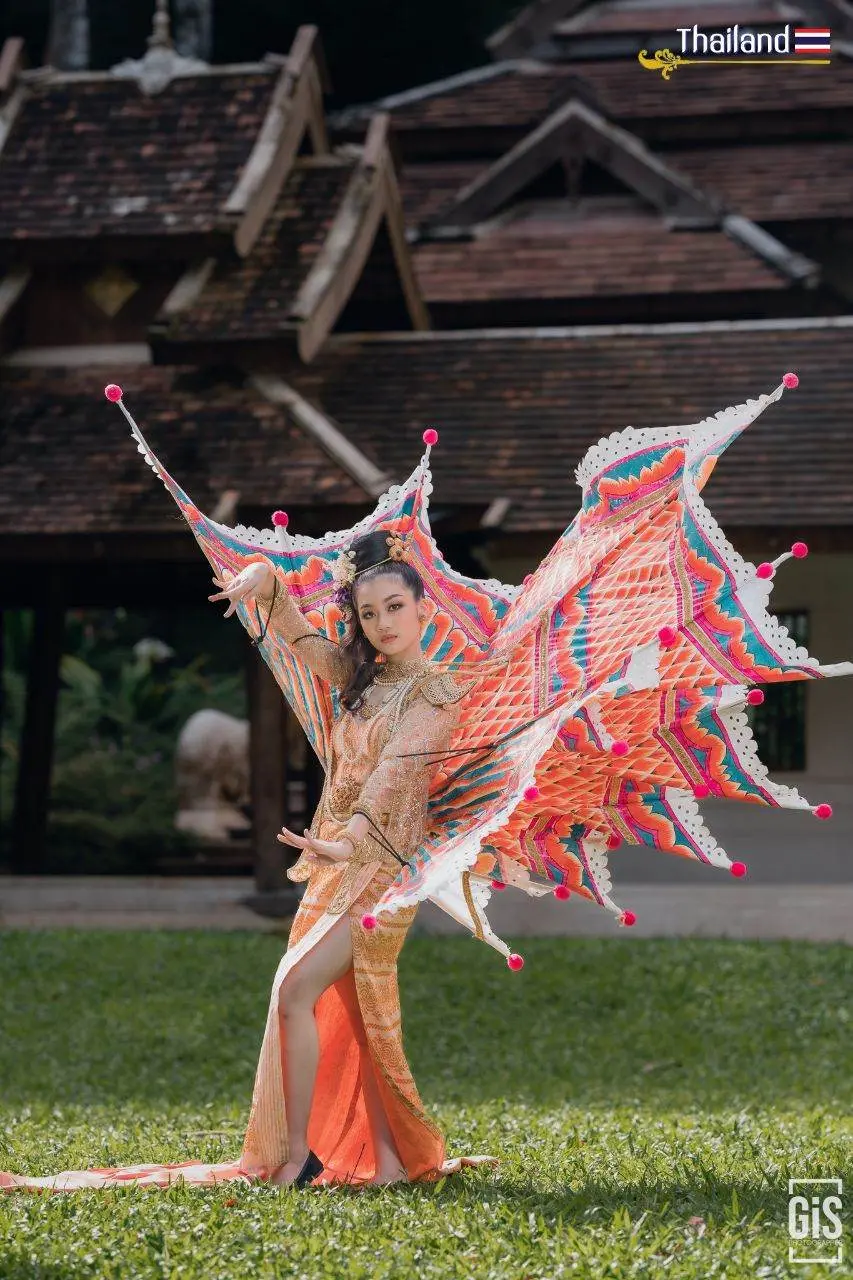
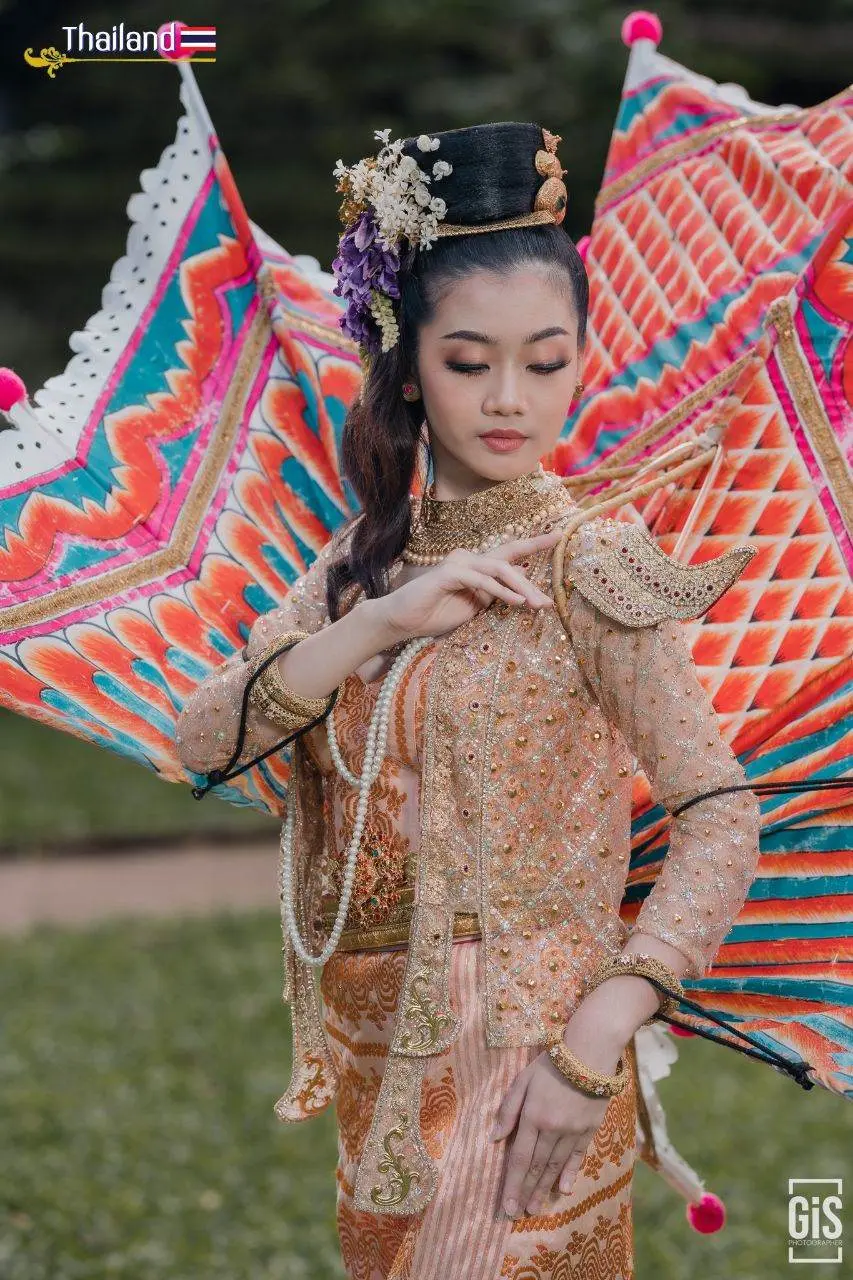
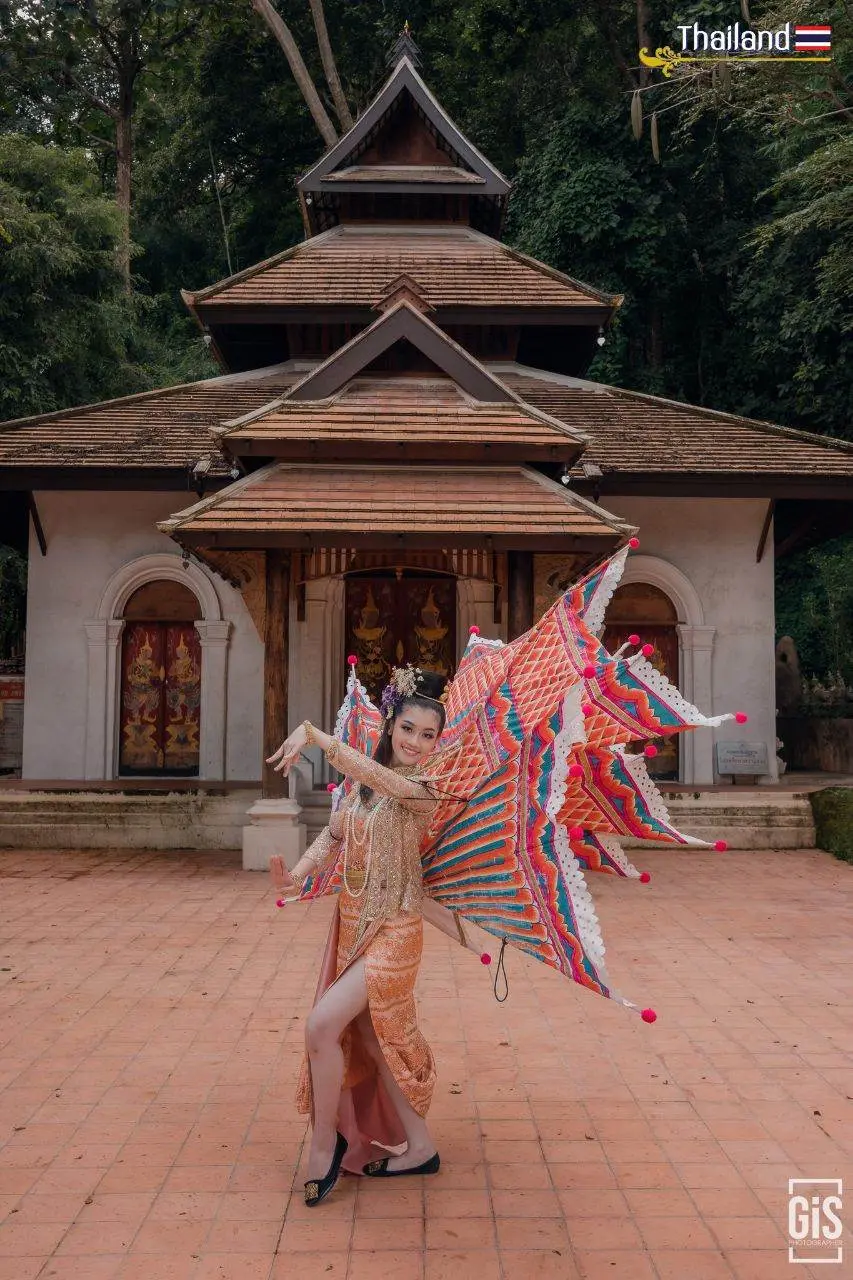
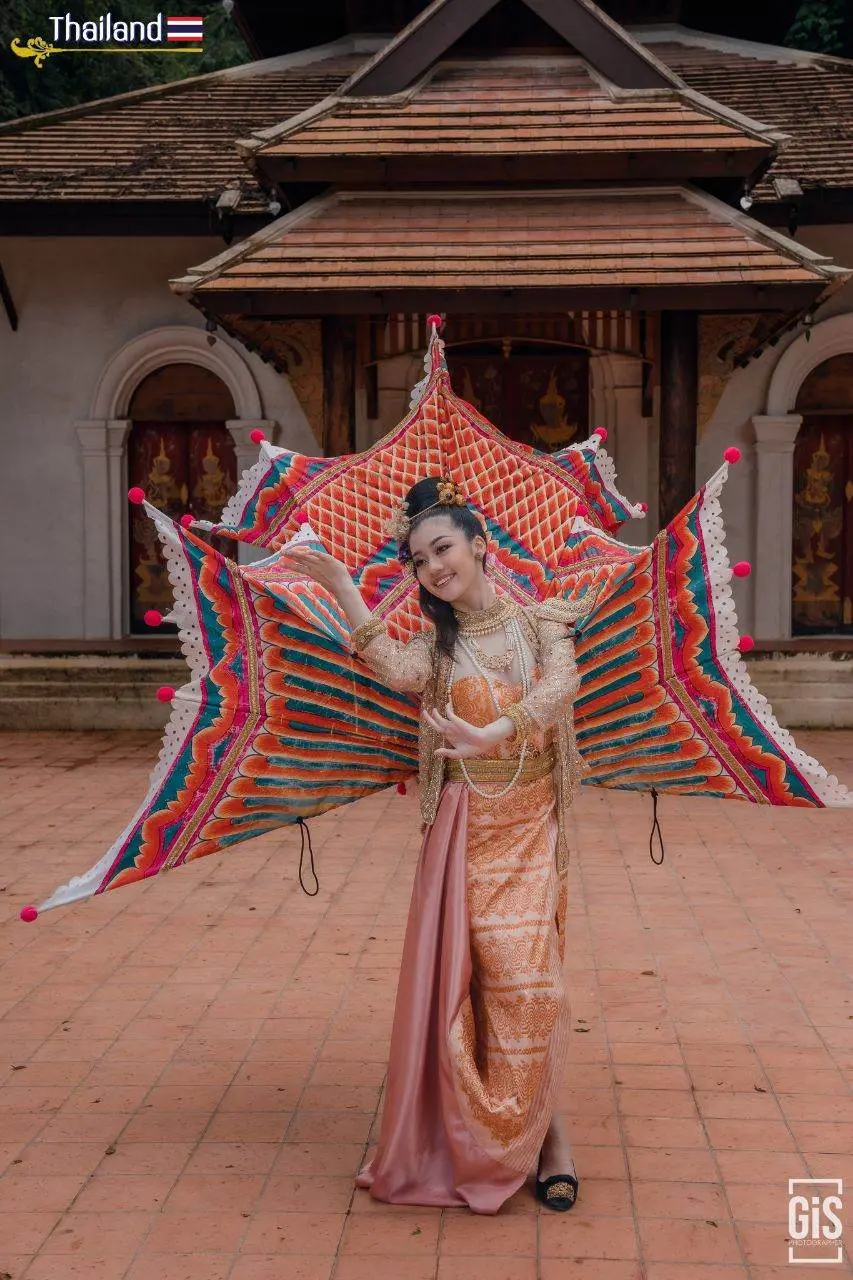
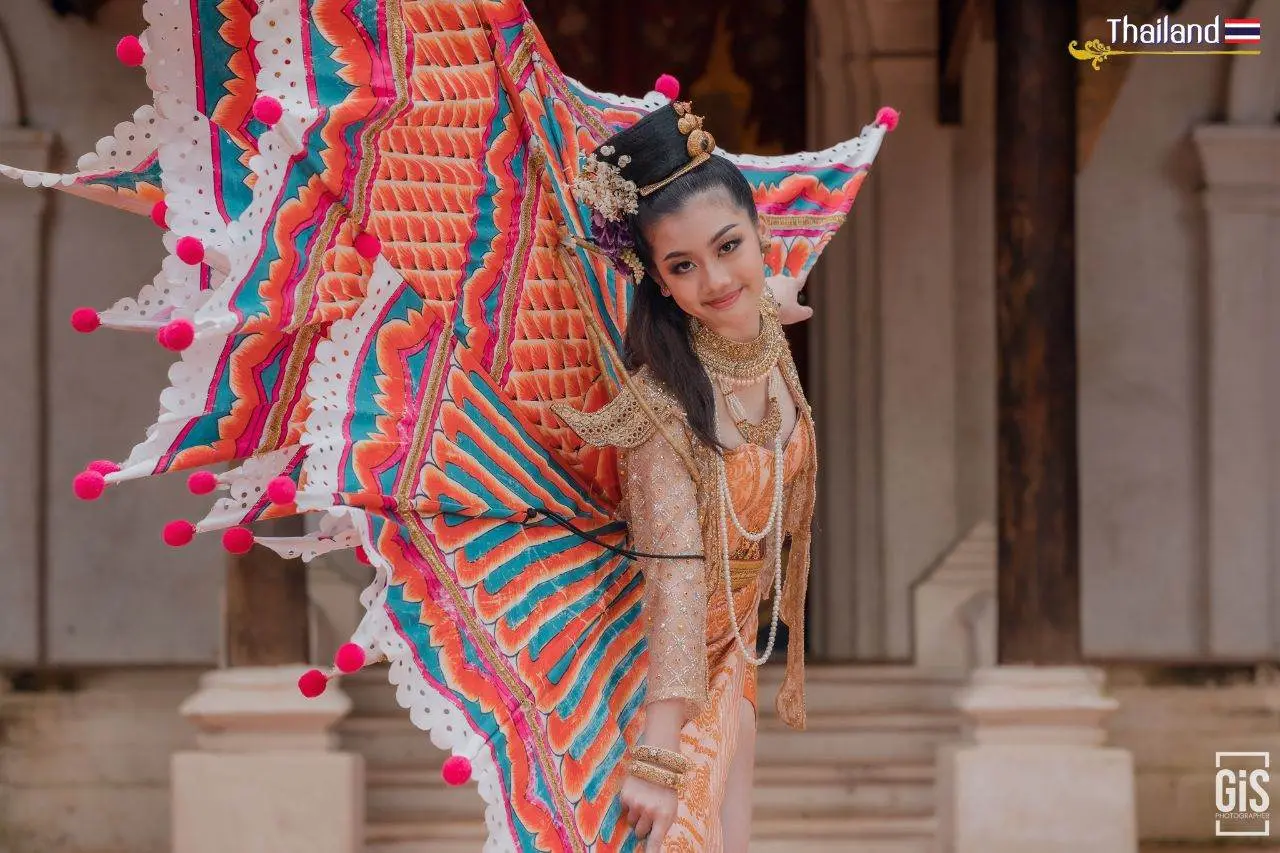
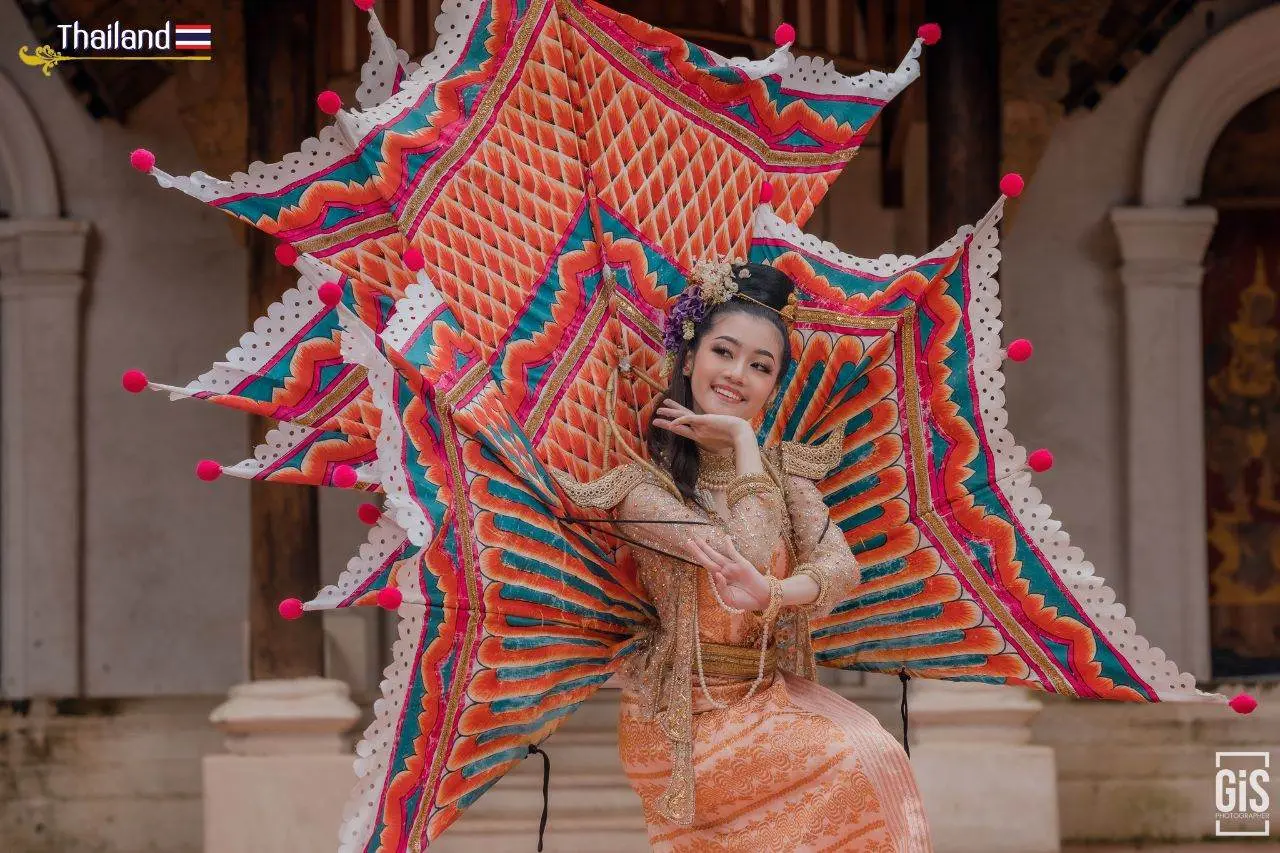
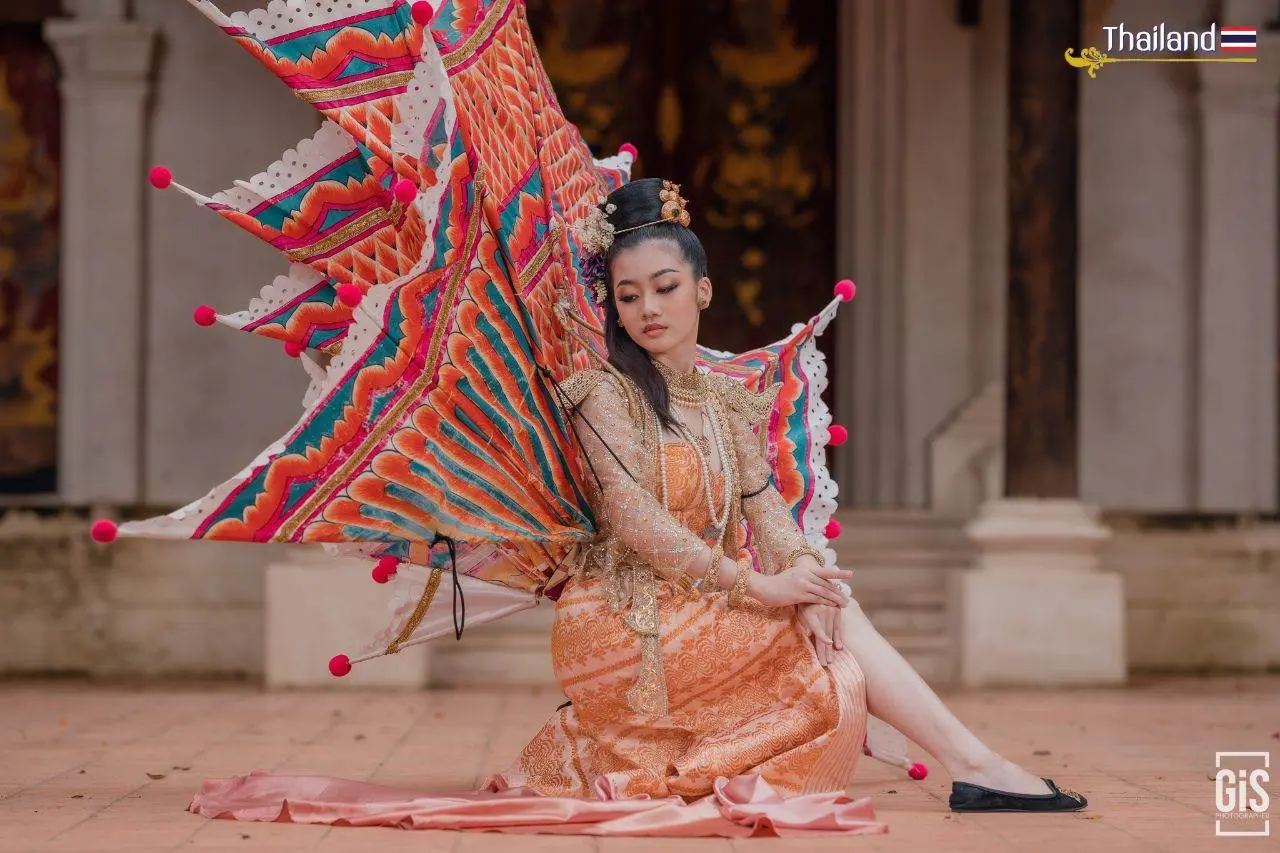
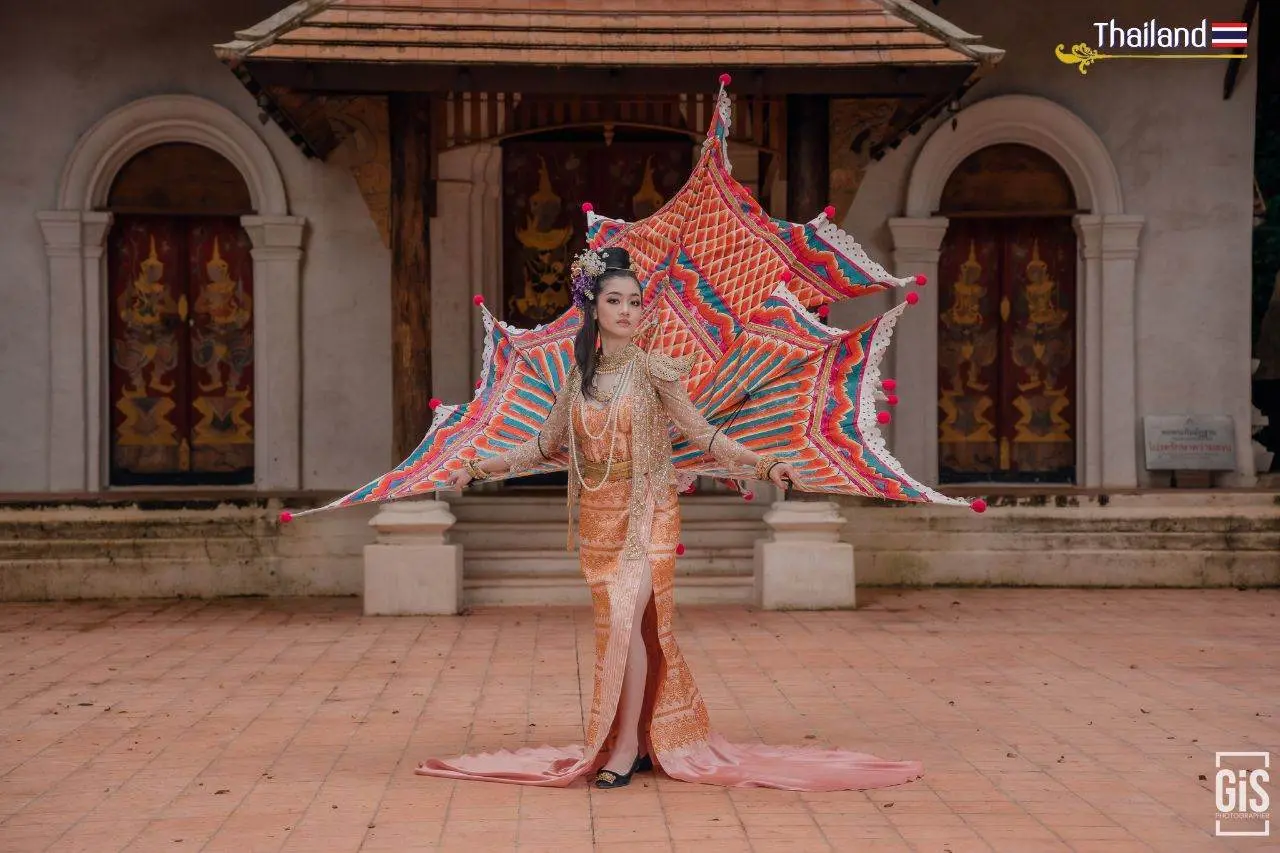
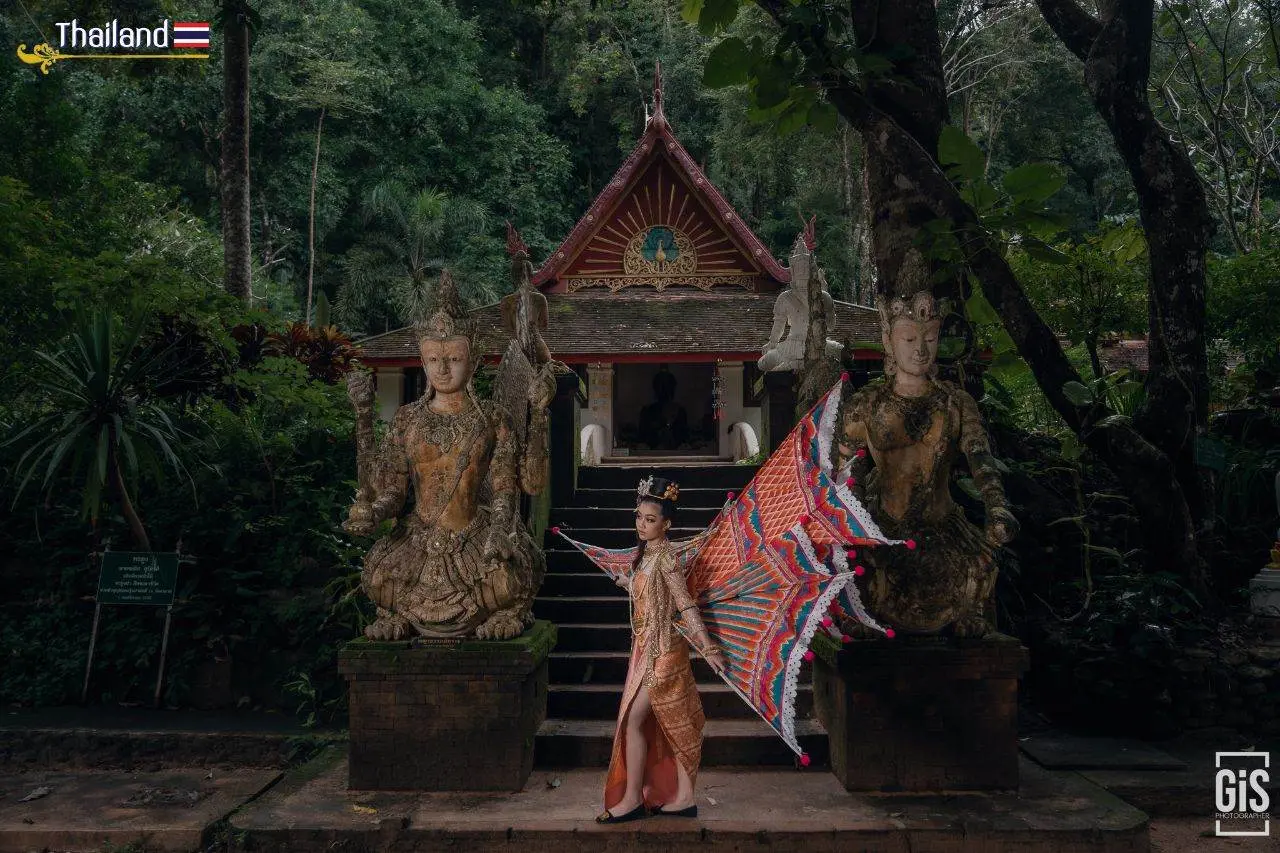
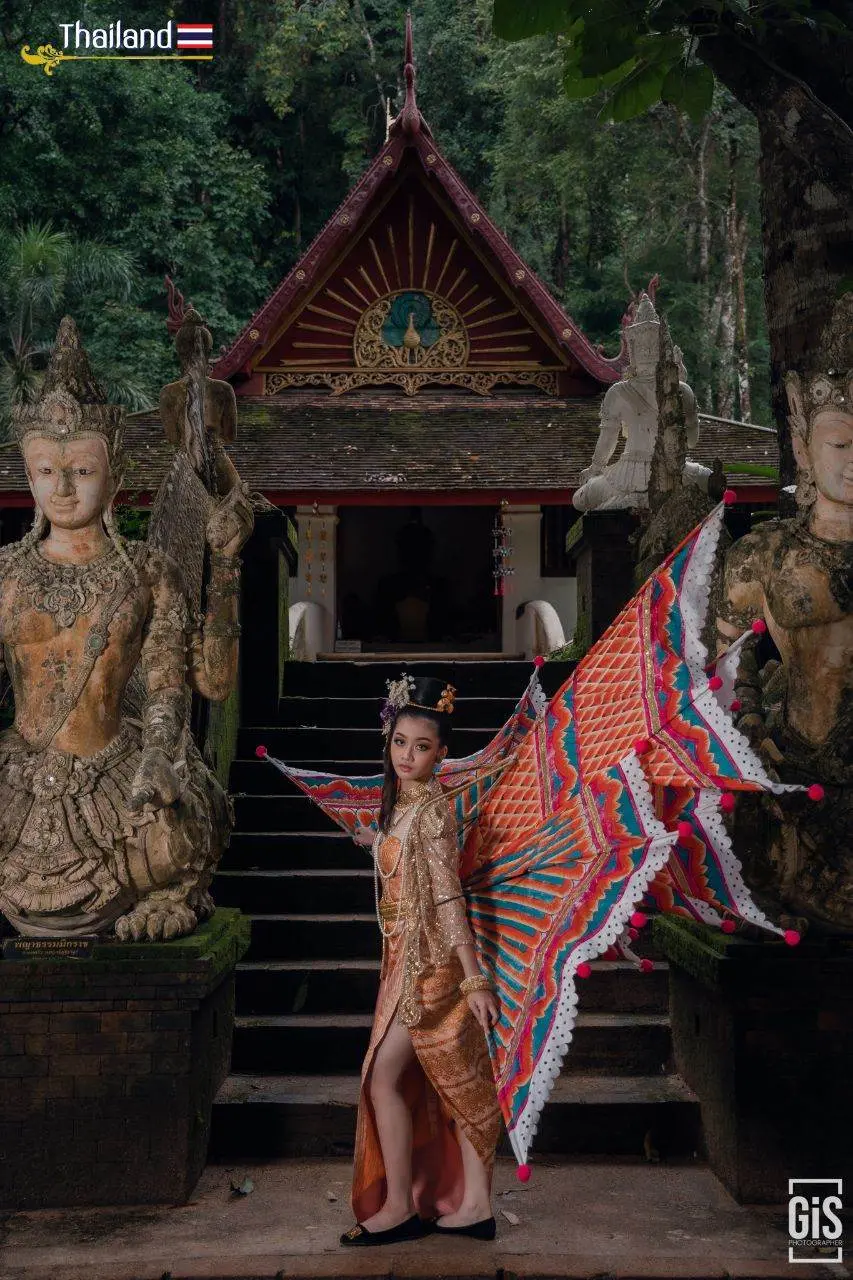
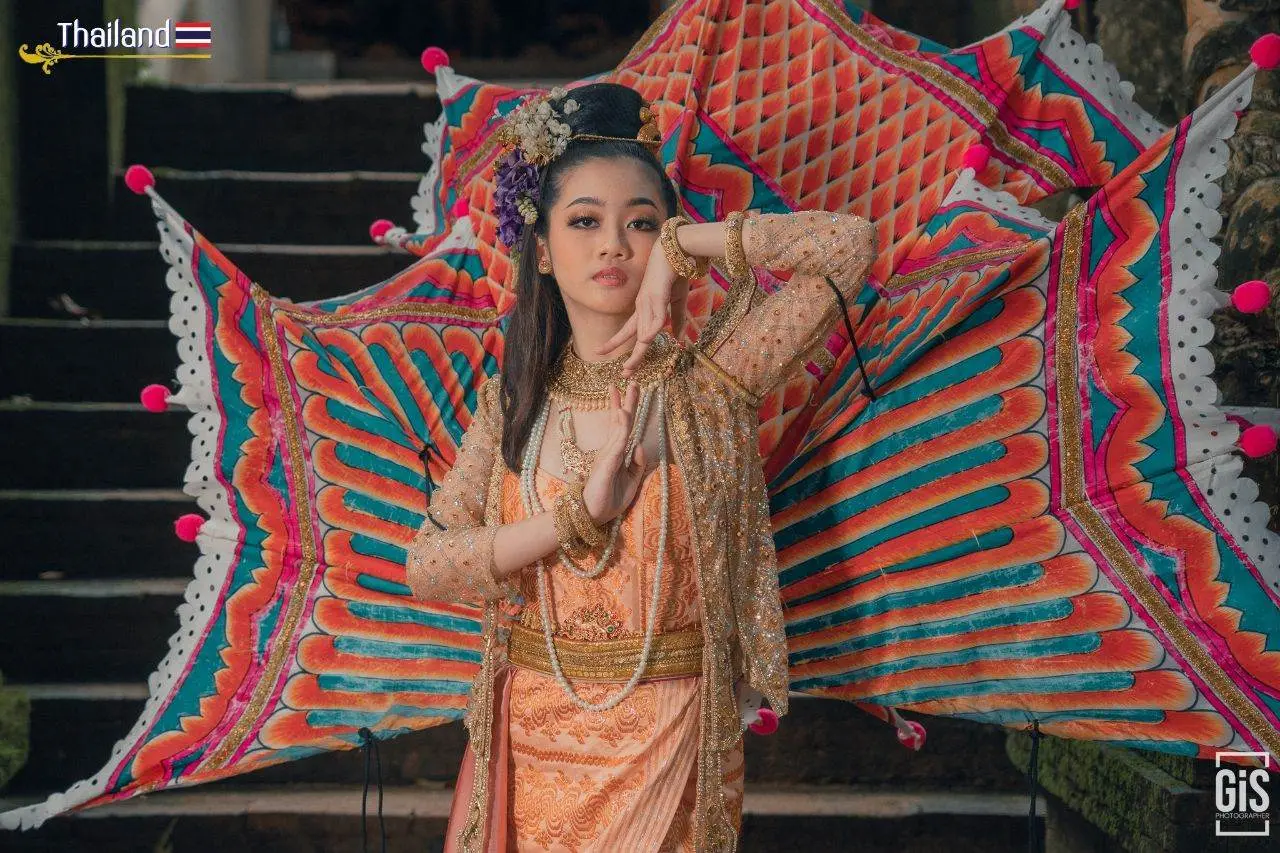
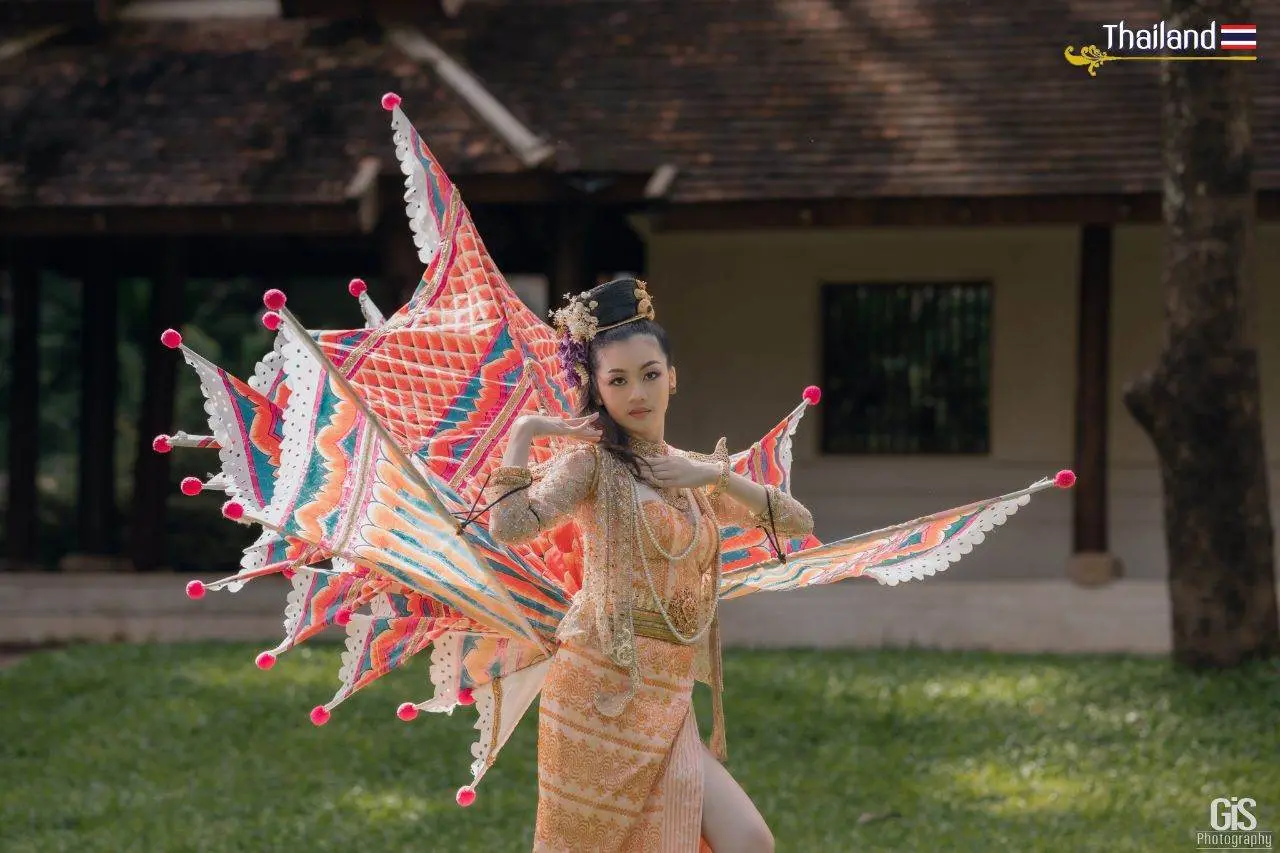
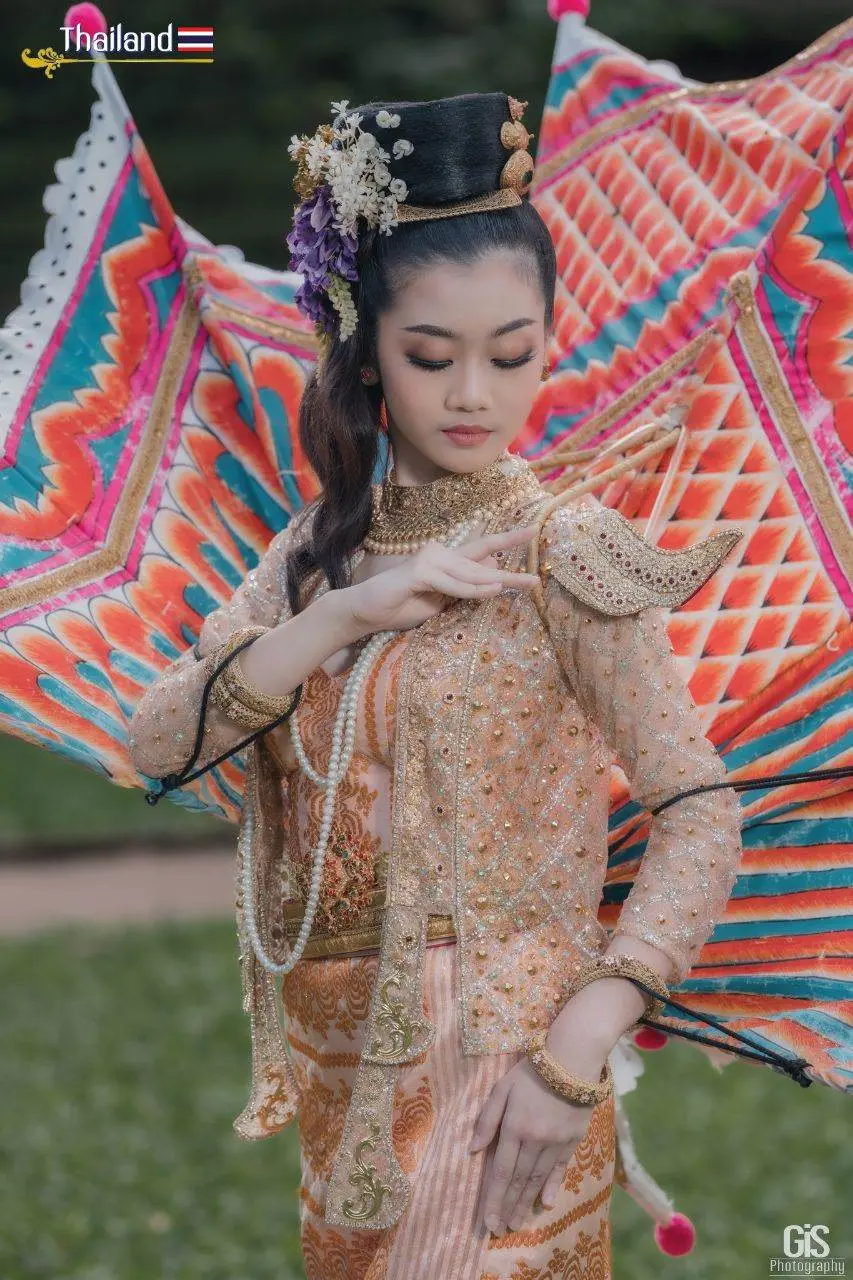

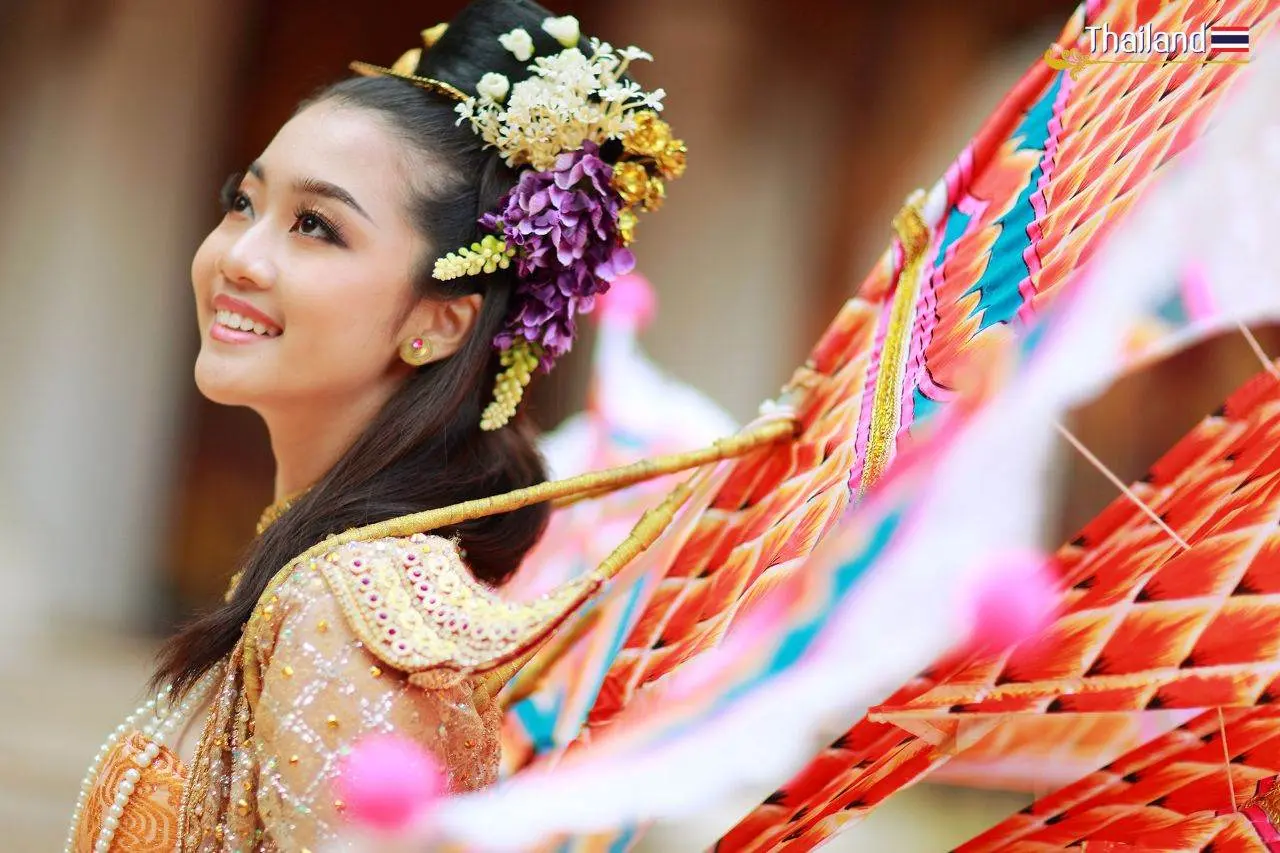
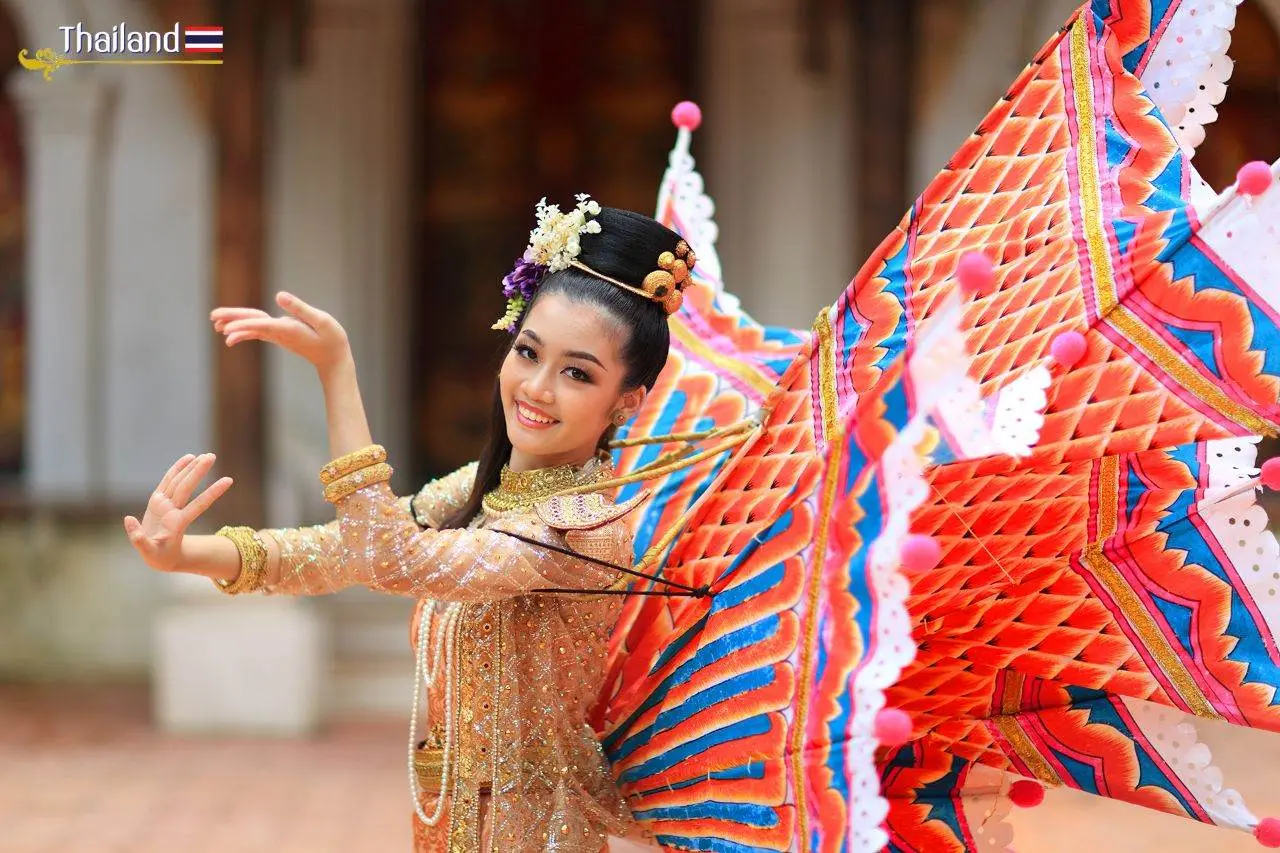
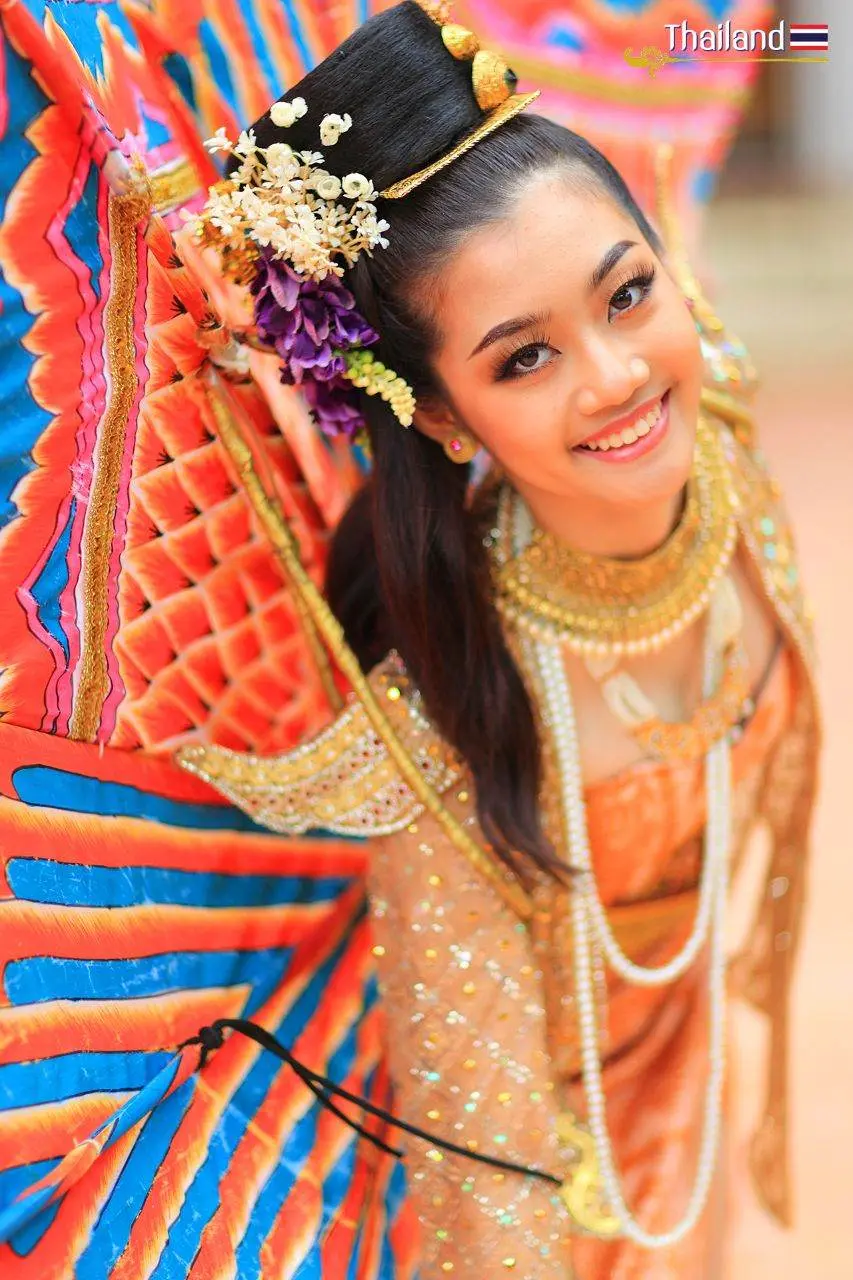
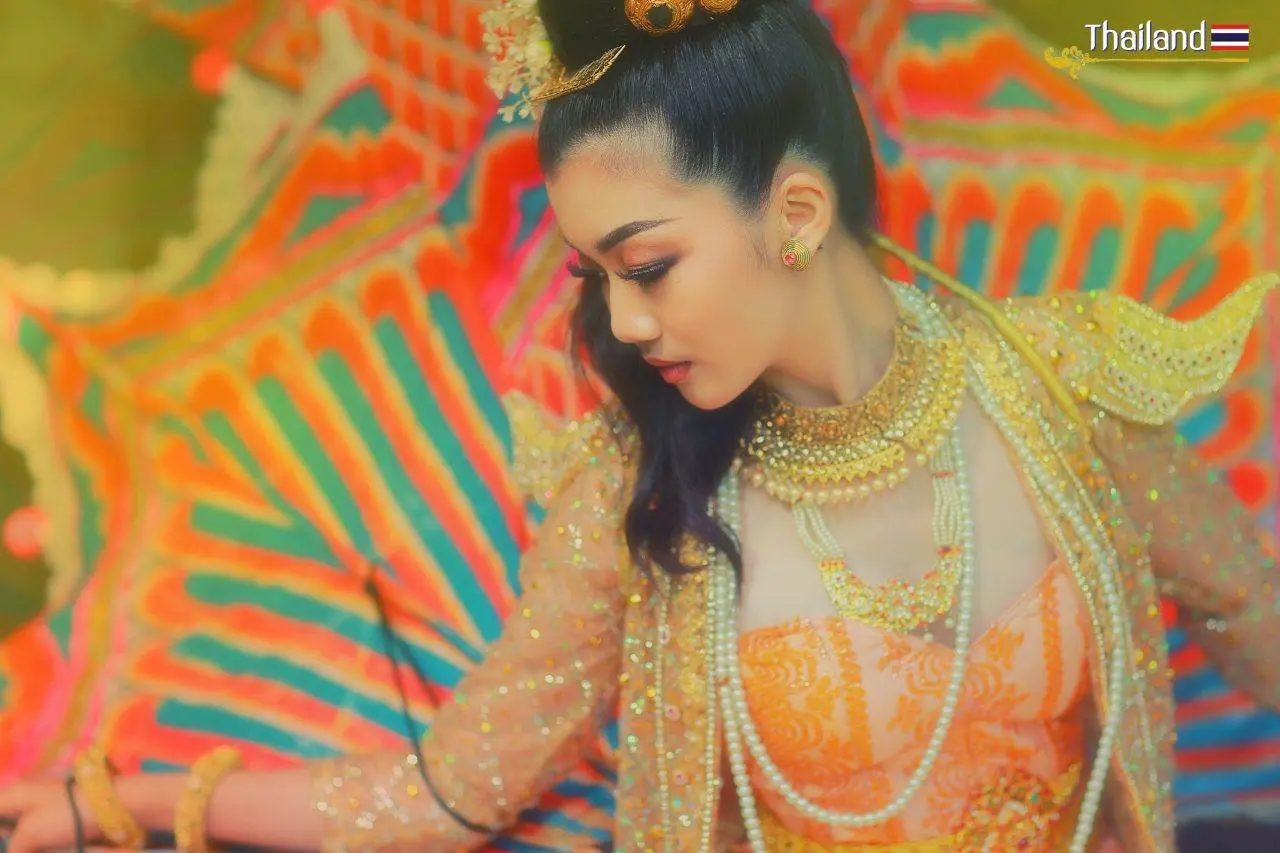
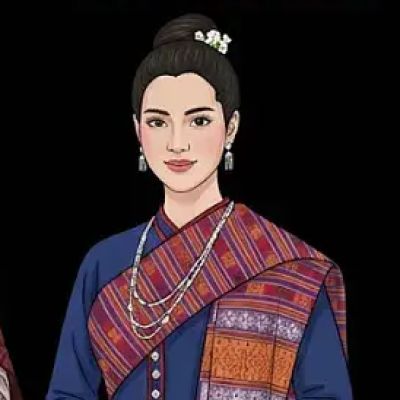 THAILAND 🇹🇭 | The ethnic groups in Isan (Northeast Thailand)
THAILAND 🇹🇭 | The ethnic groups in Isan (Northeast Thailand)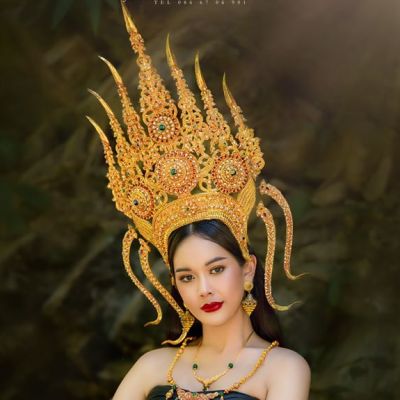 The love story of Pha Daeng and Nang Ai | Thailand
The love story of Pha Daeng and Nang Ai | Thailand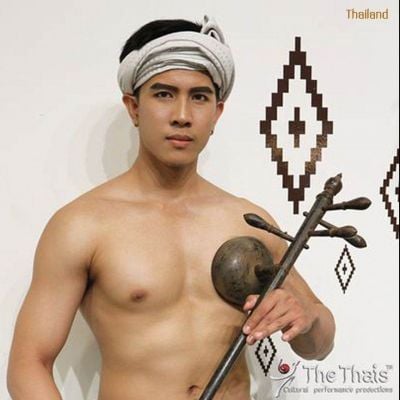 PHIN PIA (พิณเปี๊ยะ) Thai Lanna Musical Instrument | THAILAND 🇹🇭
PHIN PIA (พิณเปี๊ยะ) Thai Lanna Musical Instrument | THAILAND 🇹🇭 SONGKRAN LADY "Rak Sod Devi" | THAILAND 🇹🇭
SONGKRAN LADY "Rak Sod Devi" | THAILAND 🇹🇭